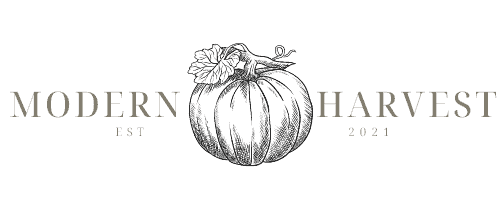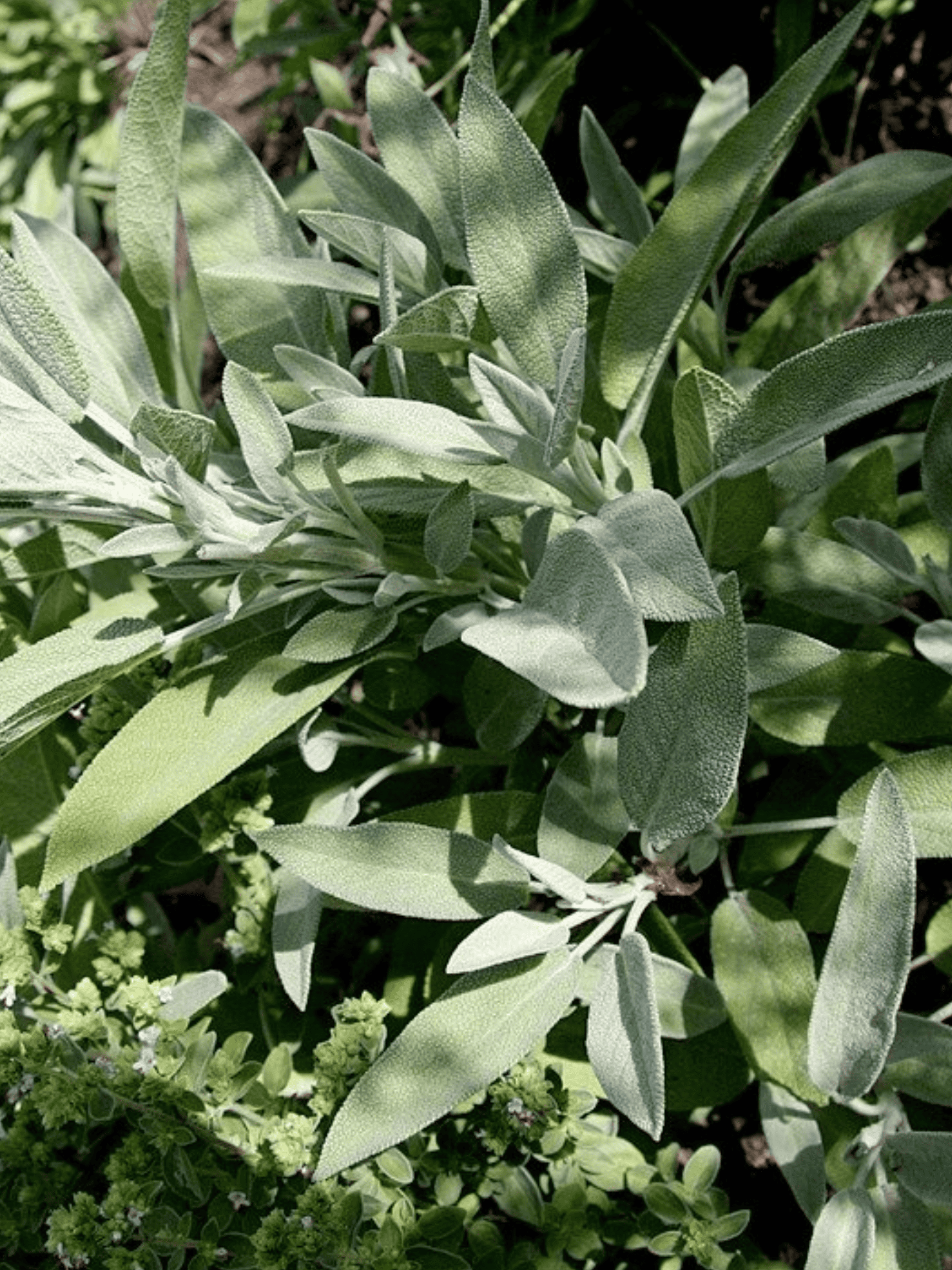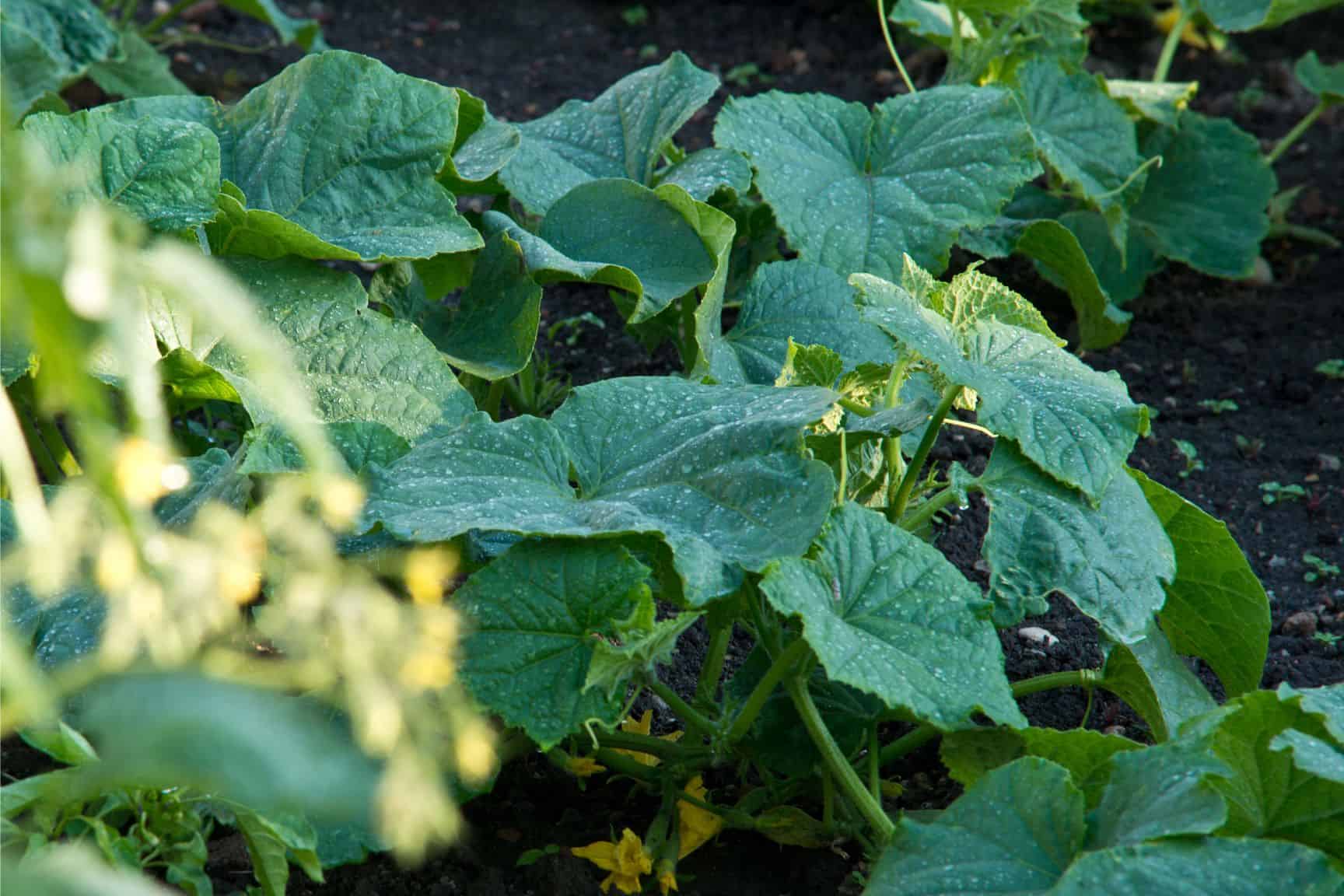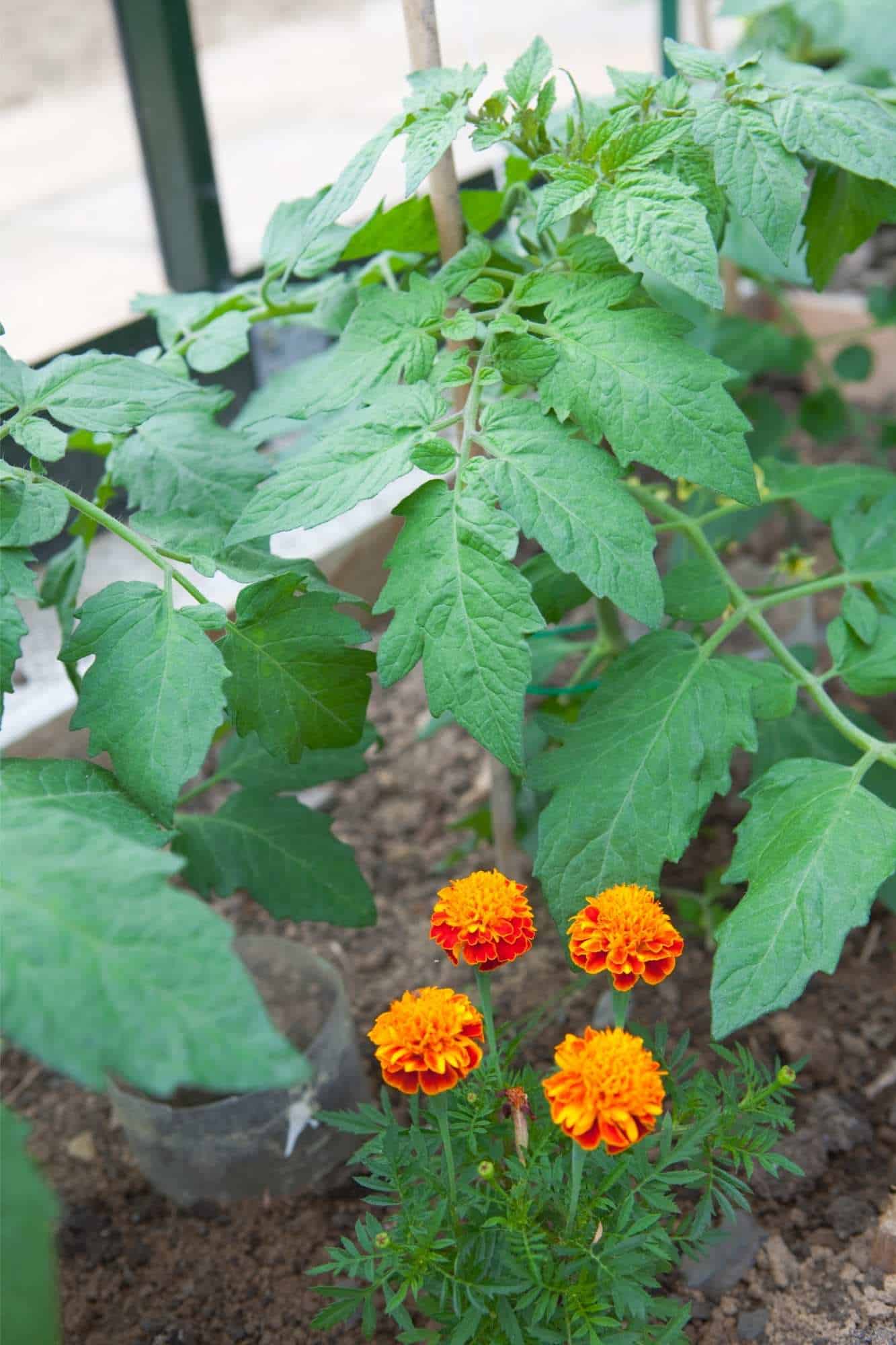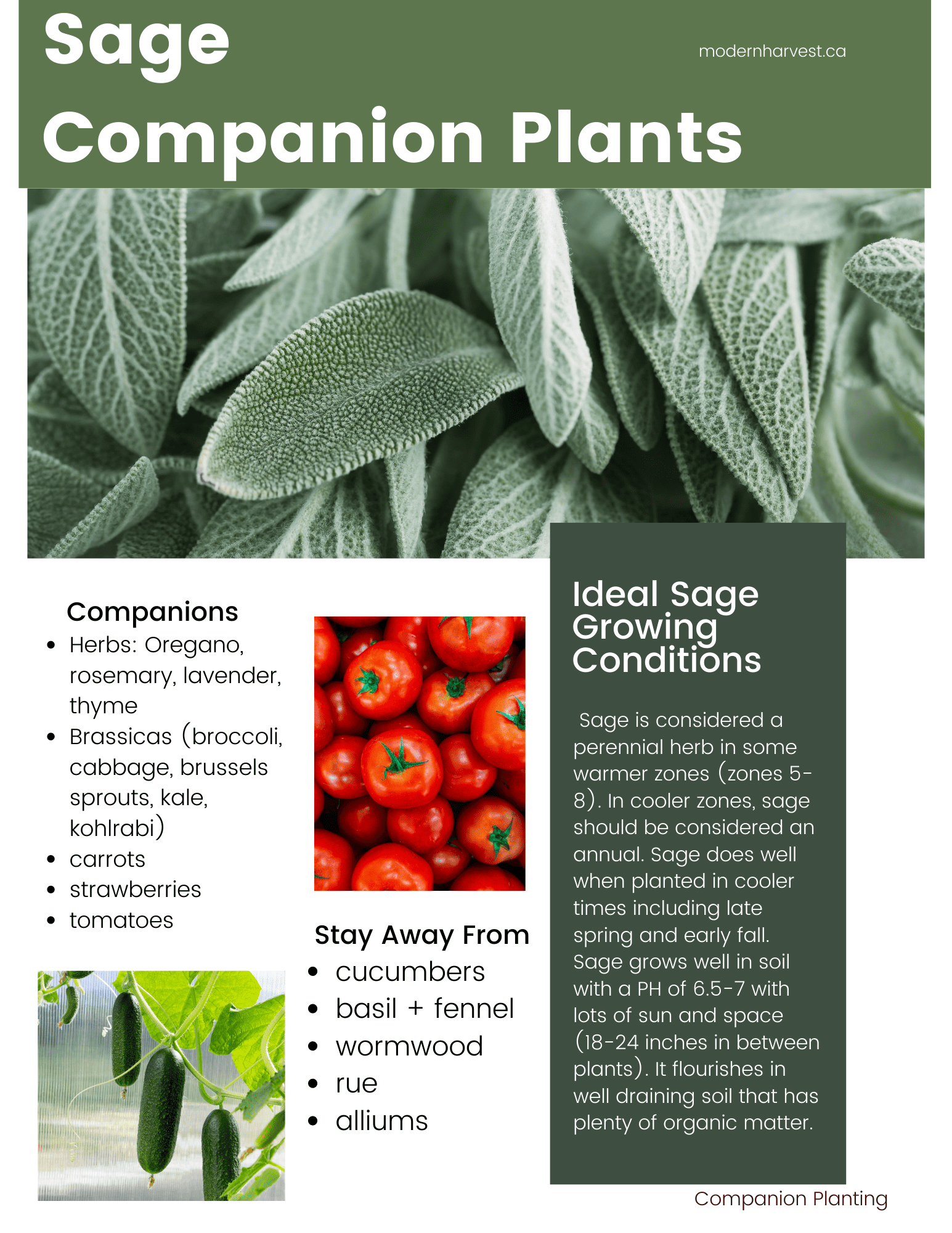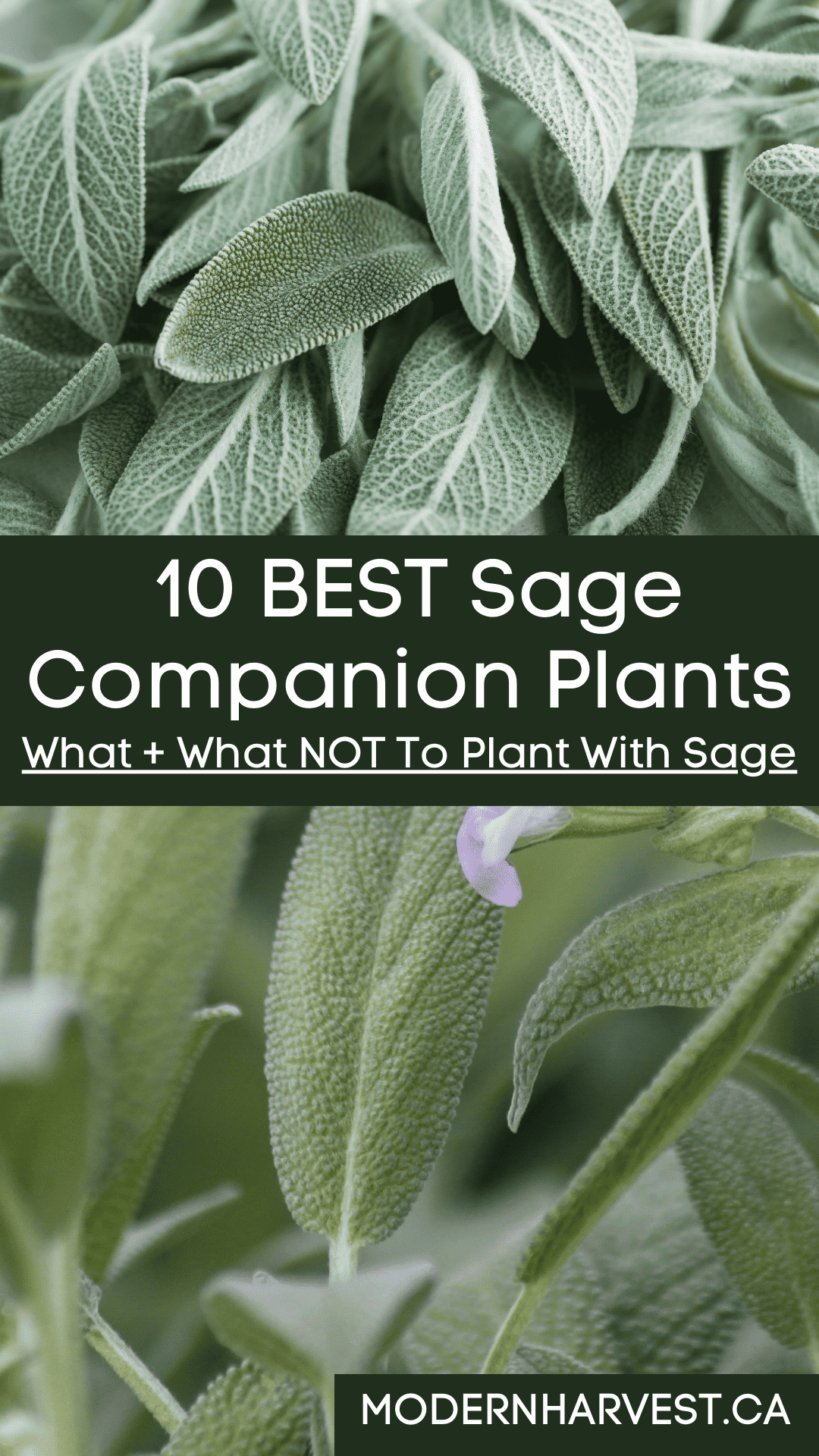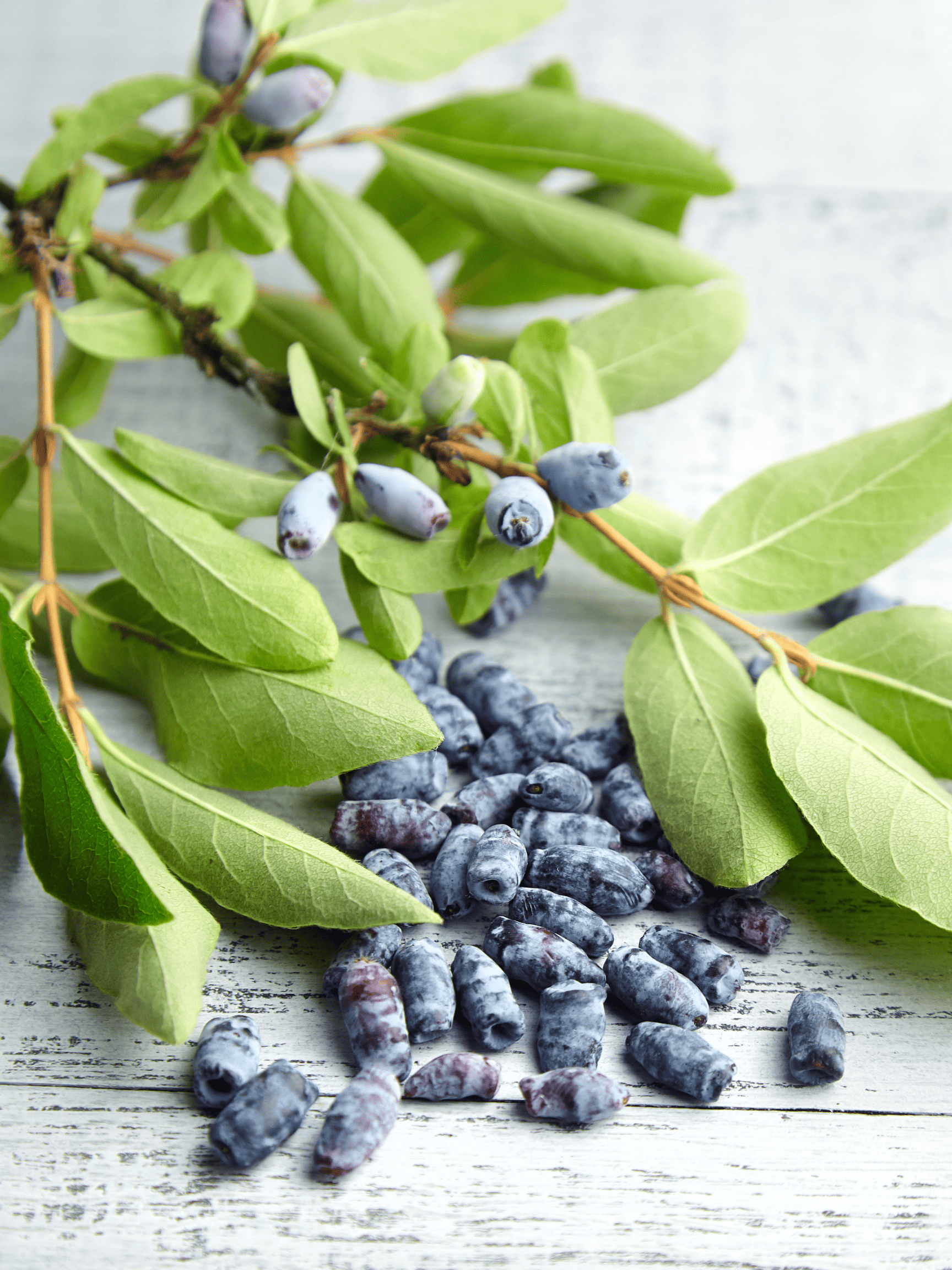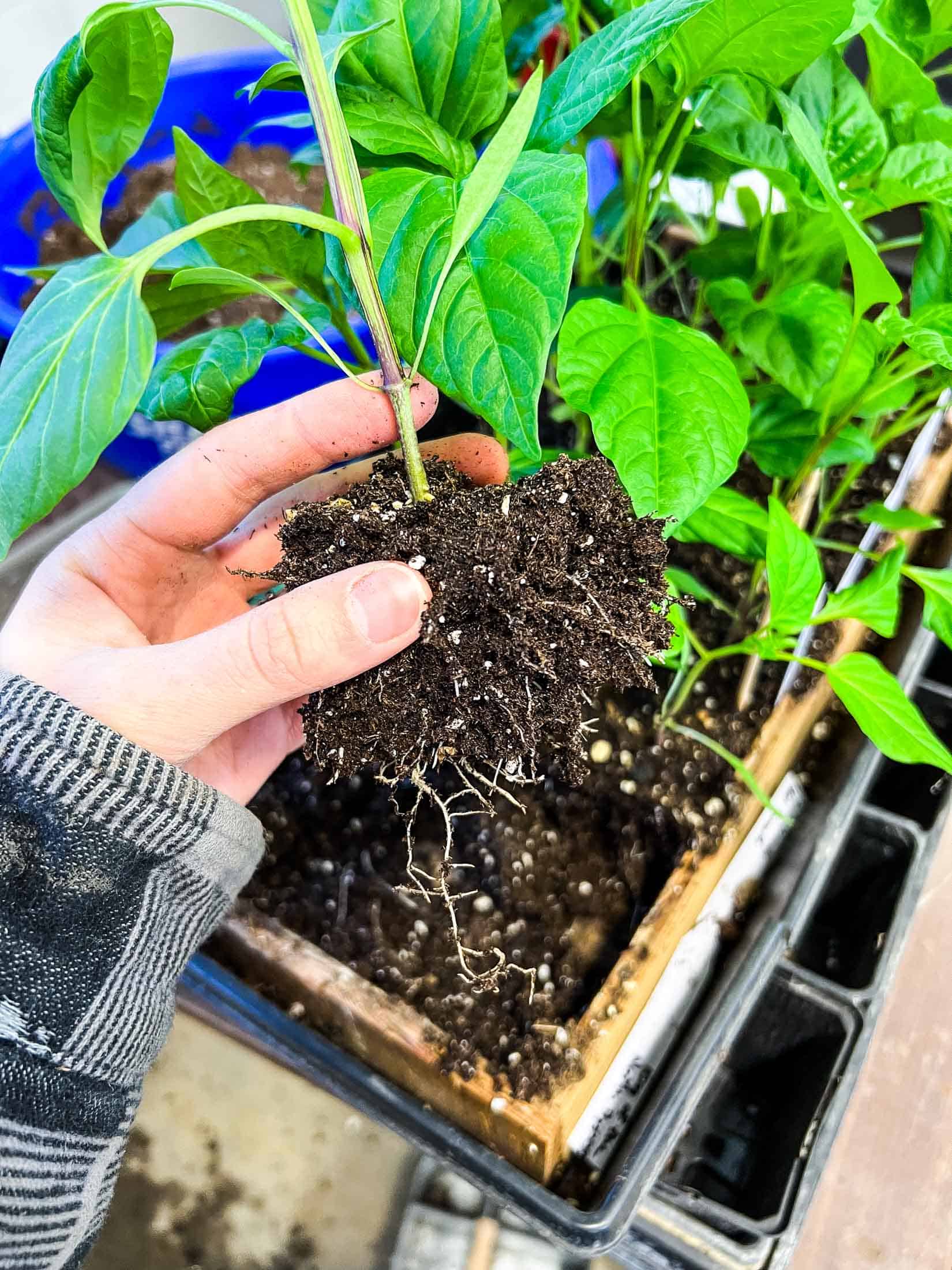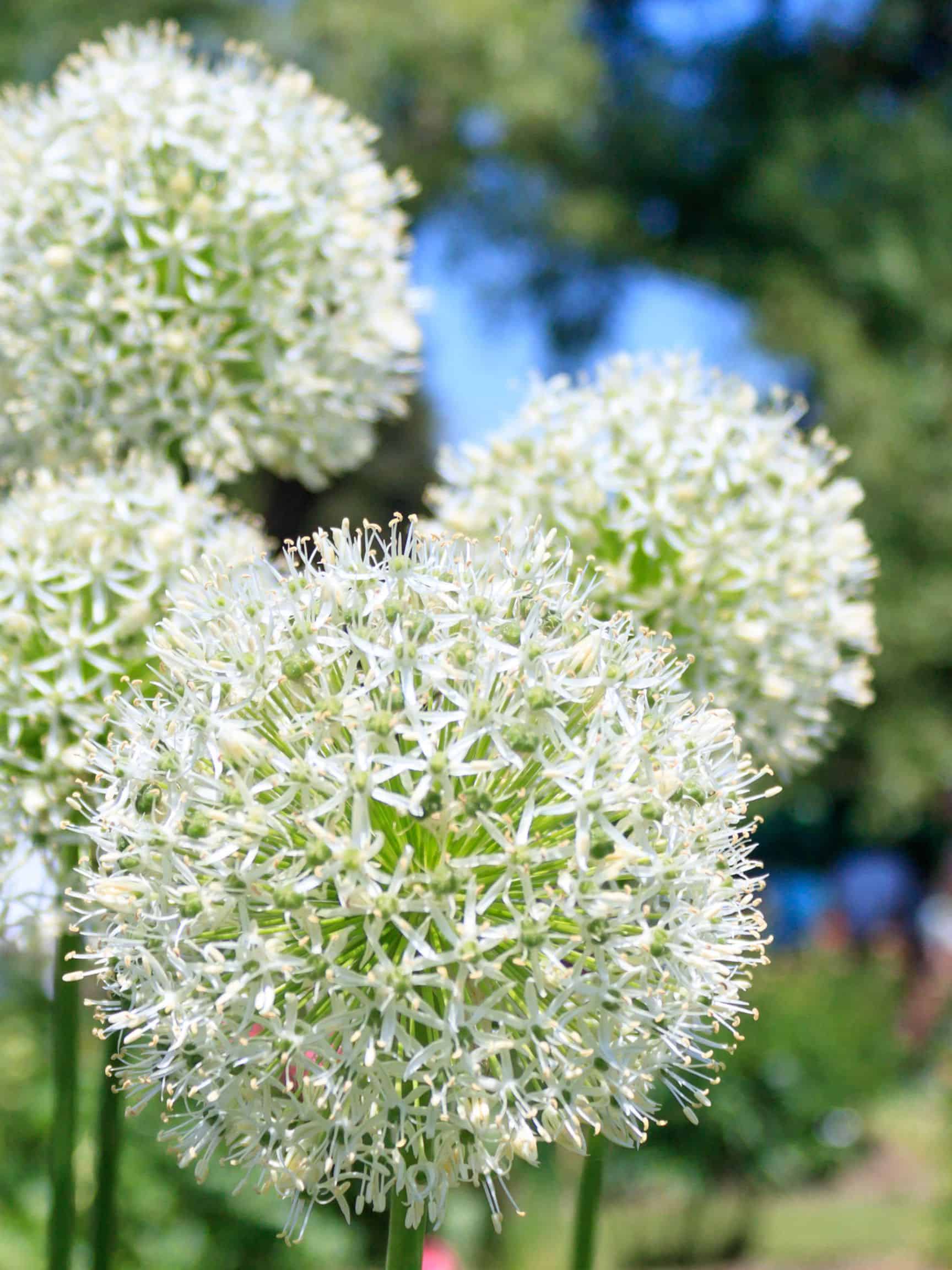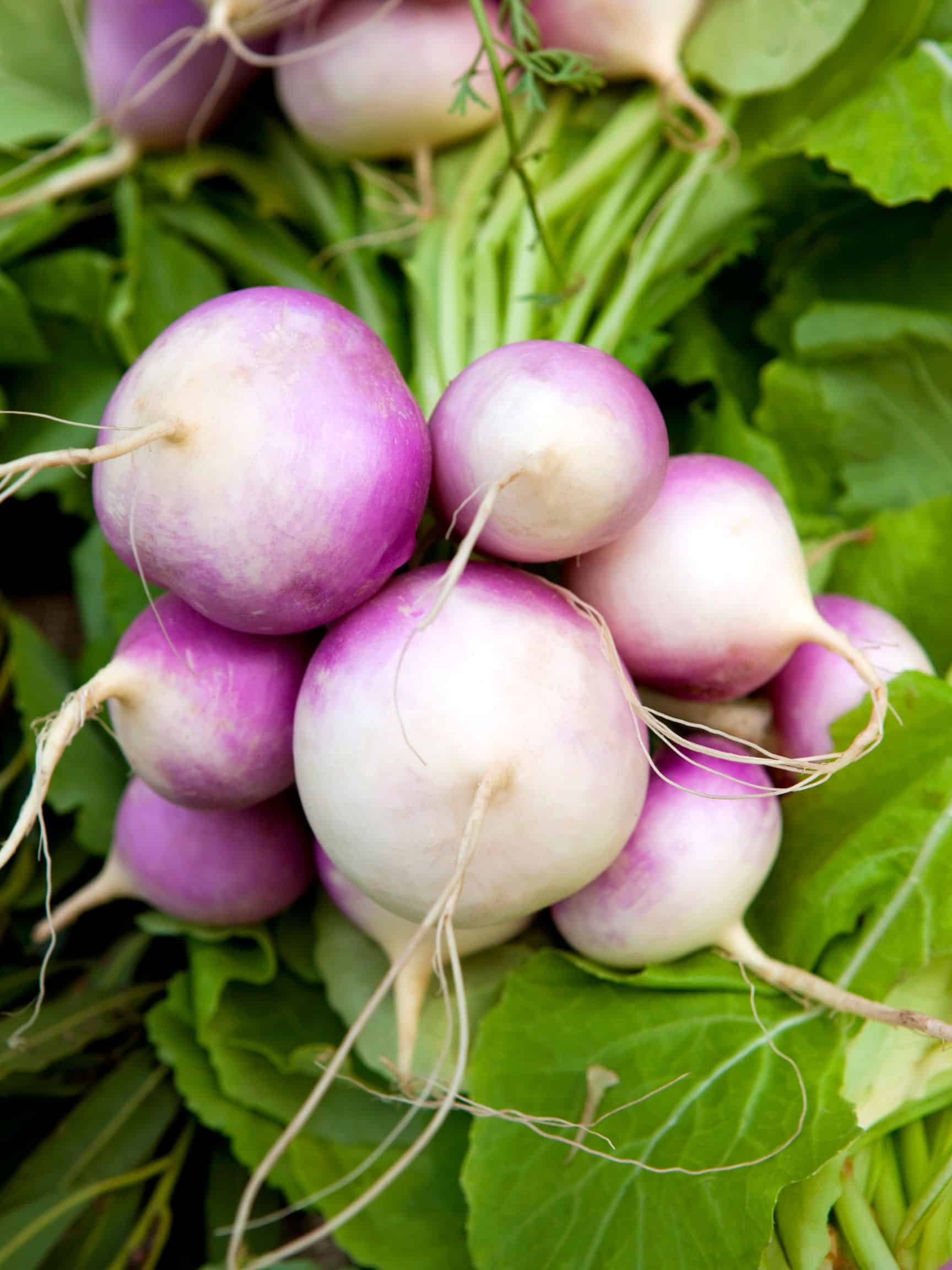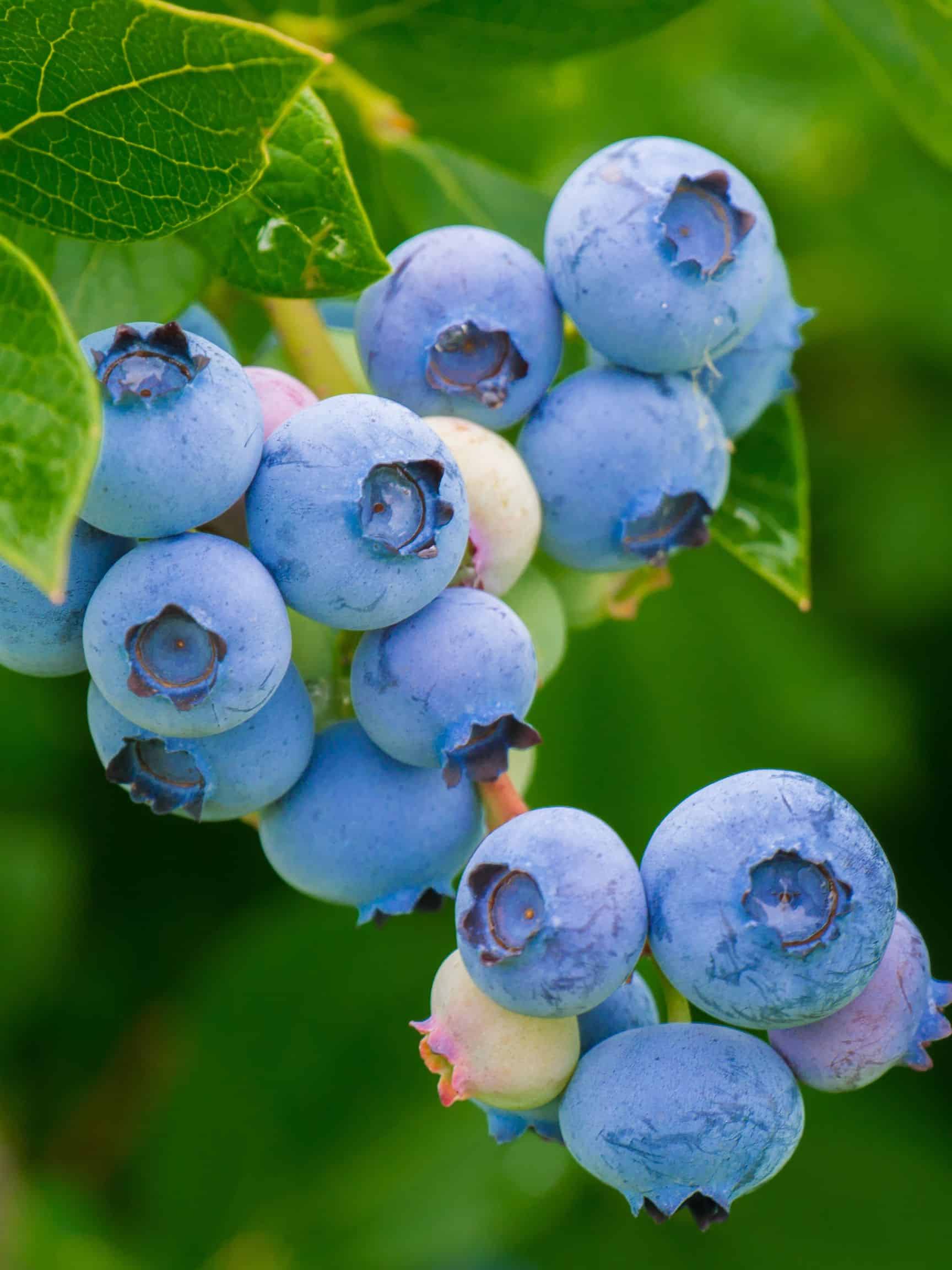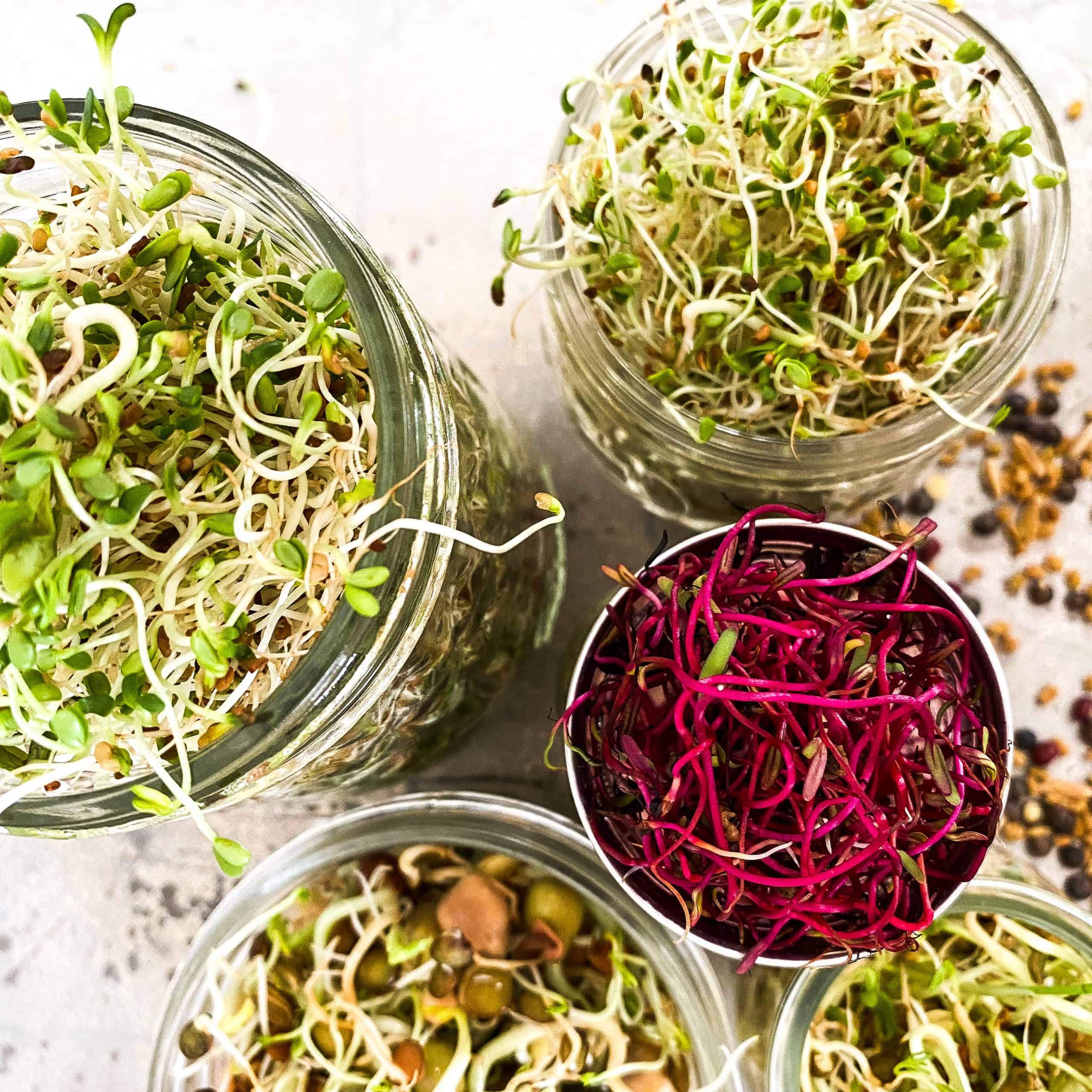Sage Companion Plants – What & What NOT to Plant With Sage
Read on to find out exactly what sage companion plants will work best for you in your herb or vegetable garden! Not only does this fragrant herb complement the flavors of many vegetables, such as carrots, broccoli, and squash, but it also repels harmful insects and attracts beneficial ones, like bees and butterflies. By planting sage near your other vegetables, you can help promote a balanced ecosystem where pests are kept at bay and pollination is encouraged.
The best part? Sage is a hardy and low-maintenance plant that requires minimal attention, making it an easy addition to any gardening setup. If you’re planning to start a vegetable garden or herb garden, consider adding sage to your list of companion plants.
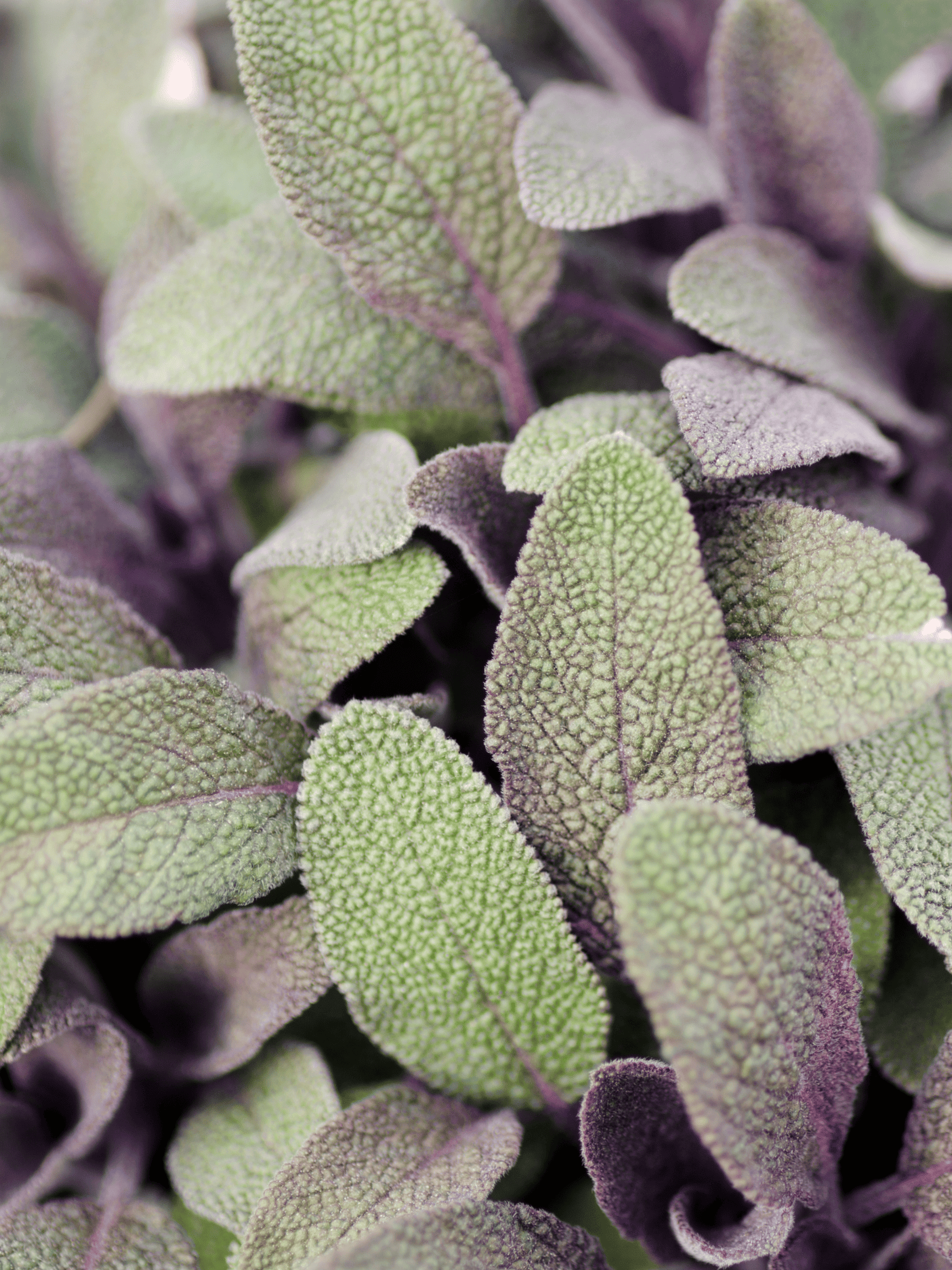
Related: Dill Companion Plants
Sage Growing Conditions
Sage is one of the most popular herbs to grow. Sage is considered a perennial herb in some warmer zones (zones 5-8). In cooler zones, sage should be considered an annual. Sage does well when planted in cooler times including late spring and early fall and it can be grown at ground level or in raised garden beds and planters.
Sage grows well in soil with a PH of 6.5-7 with lots of sun and space (18-24 inches in between plants). It flourishes in well draining soil that has plenty of organic matter.
Sage companion planting is a win-win situation for both your taste buds and your garden ecosystem. So, why not give it a try?
What Is Companion Planting?
In simple terms, companion planting is the practice of growing different plants side by side in the garden to improve overall health and yield. Whether you’re cultivating an herb garden or a vegetable garden, companion planting can be a game-changer. By pairing certain herbs with your vegetables, you can enhance the flavor of your produce, encourage growth, and even deter unwelcome pests. Companion gardening stretches beyond the confines of conventional gardening to orchards, trees and shrubs, grains, grasses, and other field crops. Get the most out of your sage plants by understanding their needs and companion plants.
What Are The Benefits of Companion Planting
Weed Prevention: Certain crops provide fast growing ground cover that help to suppress surrounding weeds. Try to alternate upright crops with sprawling plants to keep weeds at bay in your garden.
Nutrient Provision: An appeal of using a polyculture type of approach and planting different plants next to each other is that the plants wont be competing for the exact same nutrients. Certain plants add needed nutrients into the soil and help neighbouring plants to thrive. Legumes are considered “givers” and include plants like peas, beans, clover and alfalfa. They have deep roots that fix nitrogen into the soil. Planting these next to heavy or light feeders that use up nitrogen will create the perfect growing conditions for your crops to thrive.
Trap Cropping: Trap crops are an exciting way to naturally control pests and protect your plants without using harmful chemicals. By planting specific plants like marigolds, sunflowers, or nasturtiums, you can trap pests like aphids or whiteflies, away from your prized herbs or vegetables. These companion plants also add a beautiful touch to your garden with their vibrant colors and fragrant scents. Say goodbye to pesticides and hello to a healthier garden with trap cropping!
Pest Suppression: Mixed scents from different plants can help to repel insects (mostly small, egg laying flies) from laying on neighbouring plants. Certain herbs and flowers can prevent pesky worms, nematodes, and other fungi. The oil from Marigolds has been proven to be a great deterrent for many different pests.
Protective Shelter: Fragile plants or plants with very specific needs can be benefitted from the shelter that surrounding plants may provide. Companion plants can provide shade, a wind barrier, and a canopy to protect lower plants from rain, hail, and even frost.
Natural Supports: Strong, tall plants such as sunflowers and corn offer trailing plants or low growing plants like peas and cucumbers a strong trellis-like support to climb and spread.
Best Sage Companion Plants
Plants that compliment sage include Herbs, Flowers, and vegetables:
Herbs: Oregano, Rosemary, Lavender, and Thyme
These herbs share similar growing requirements with sage, preferring a more dry environment. Their strong scents together can help to ward off pests such as hornworms, flea beetles, and even deer. By pairing sage with other oregano, rosemary, lavender, and thyme, you’ll not only have a stunning display, but you’ll reap the benefits of companion planting.
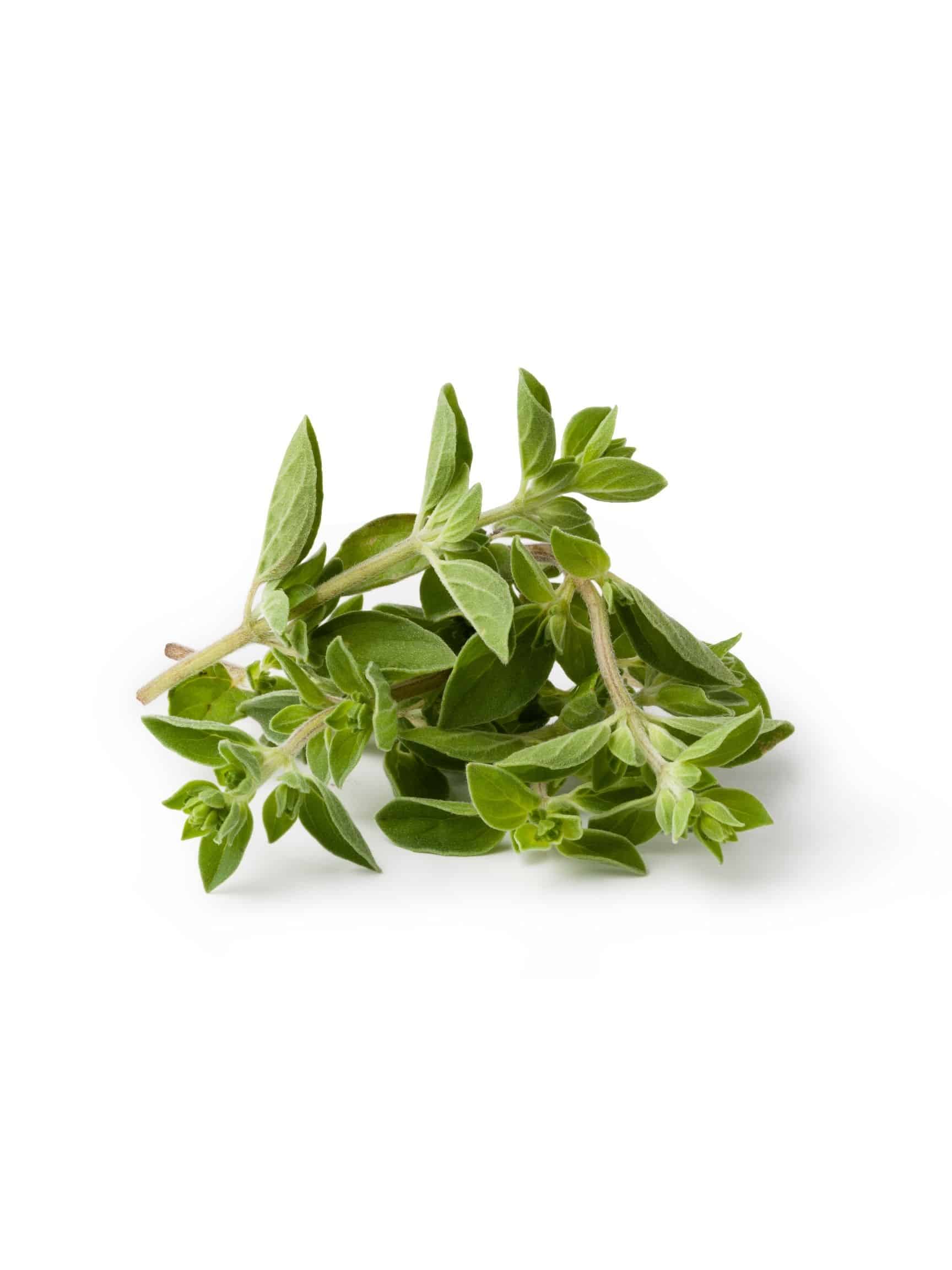

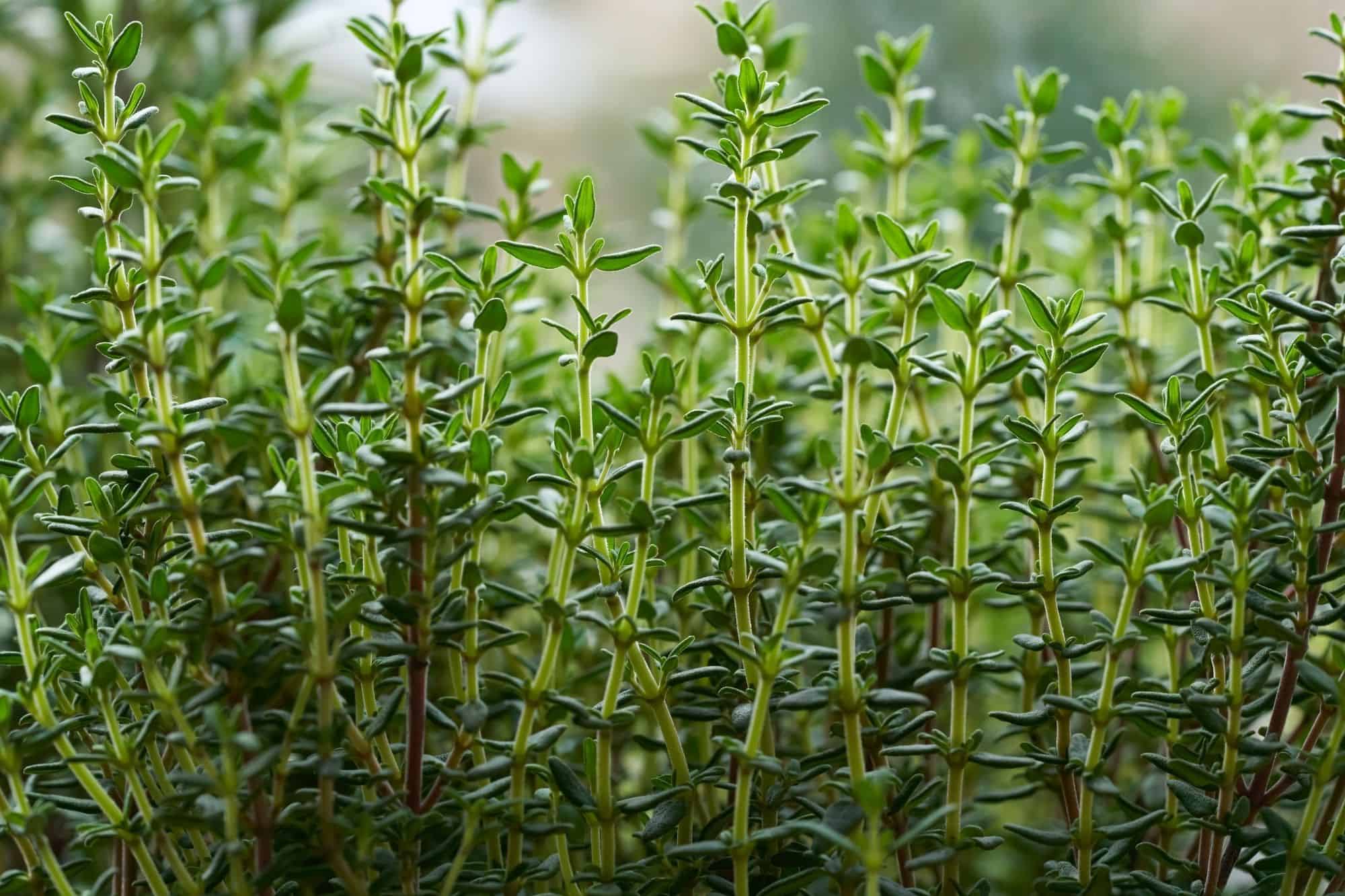
Brassicas: (Brussels Sprouts, Cabbage, Cauliflower, Broccoli, Kohlrabi, and Kale)
One of the benefits of using brassicas as sage companion plants includes the attraction of parasitic wasps and beneficial insects with sage’s bright flowers. Sage’s strong scent helps to deter cabbage moths + cabbage loopers, maggots, worms, and black flea beetles from attacking the brassicas. Pair sage with oregano, rosemary, lavender and thyme for the ultimate insect repellant.
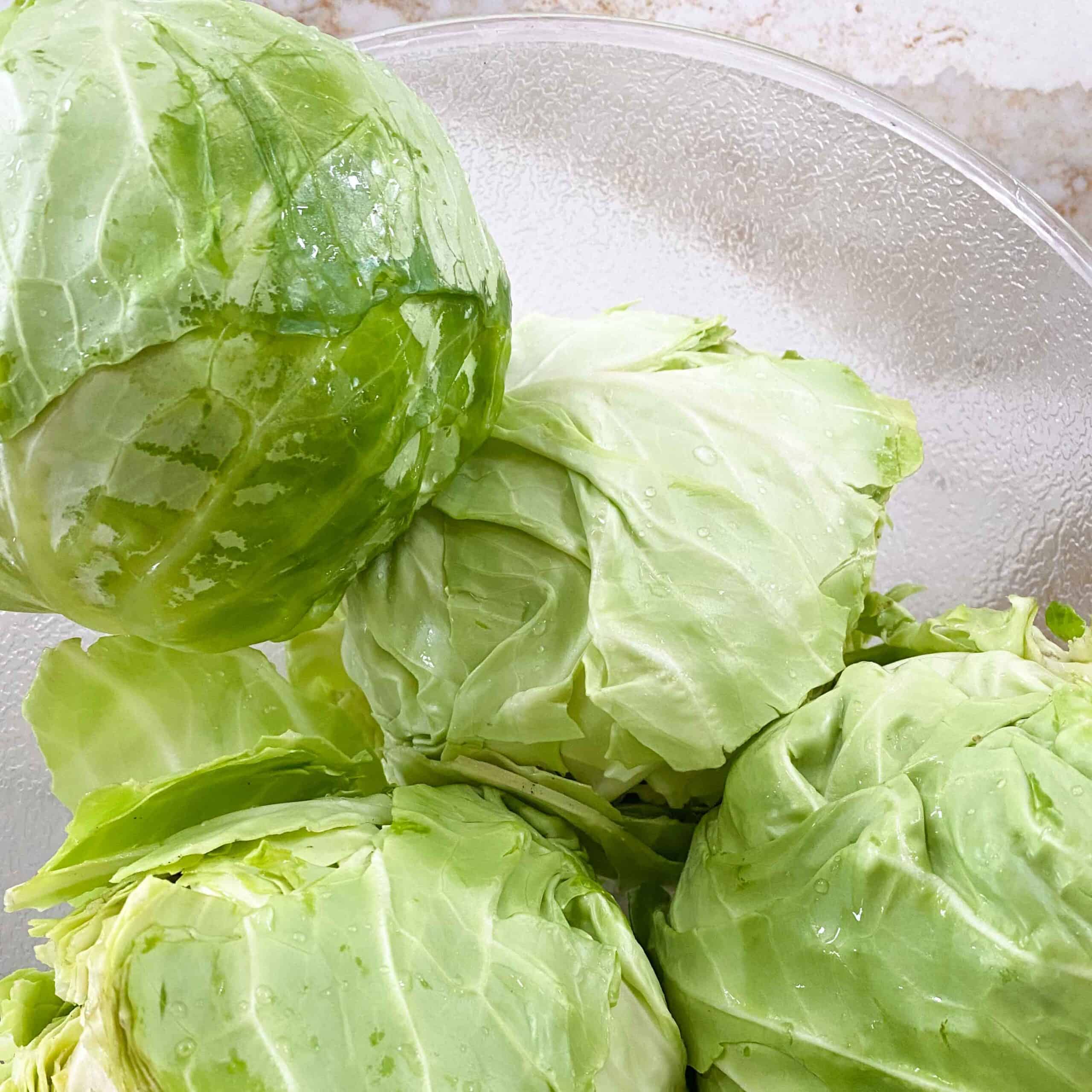
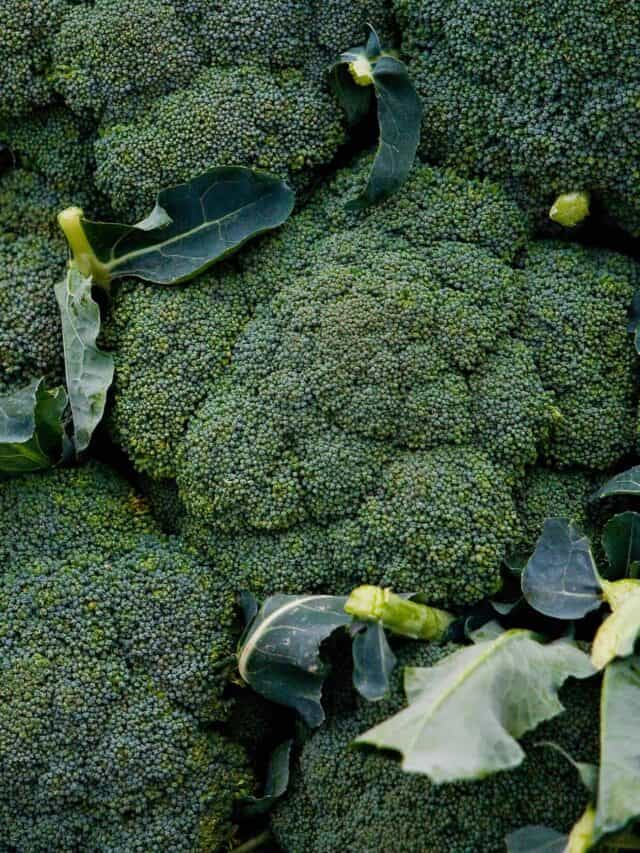
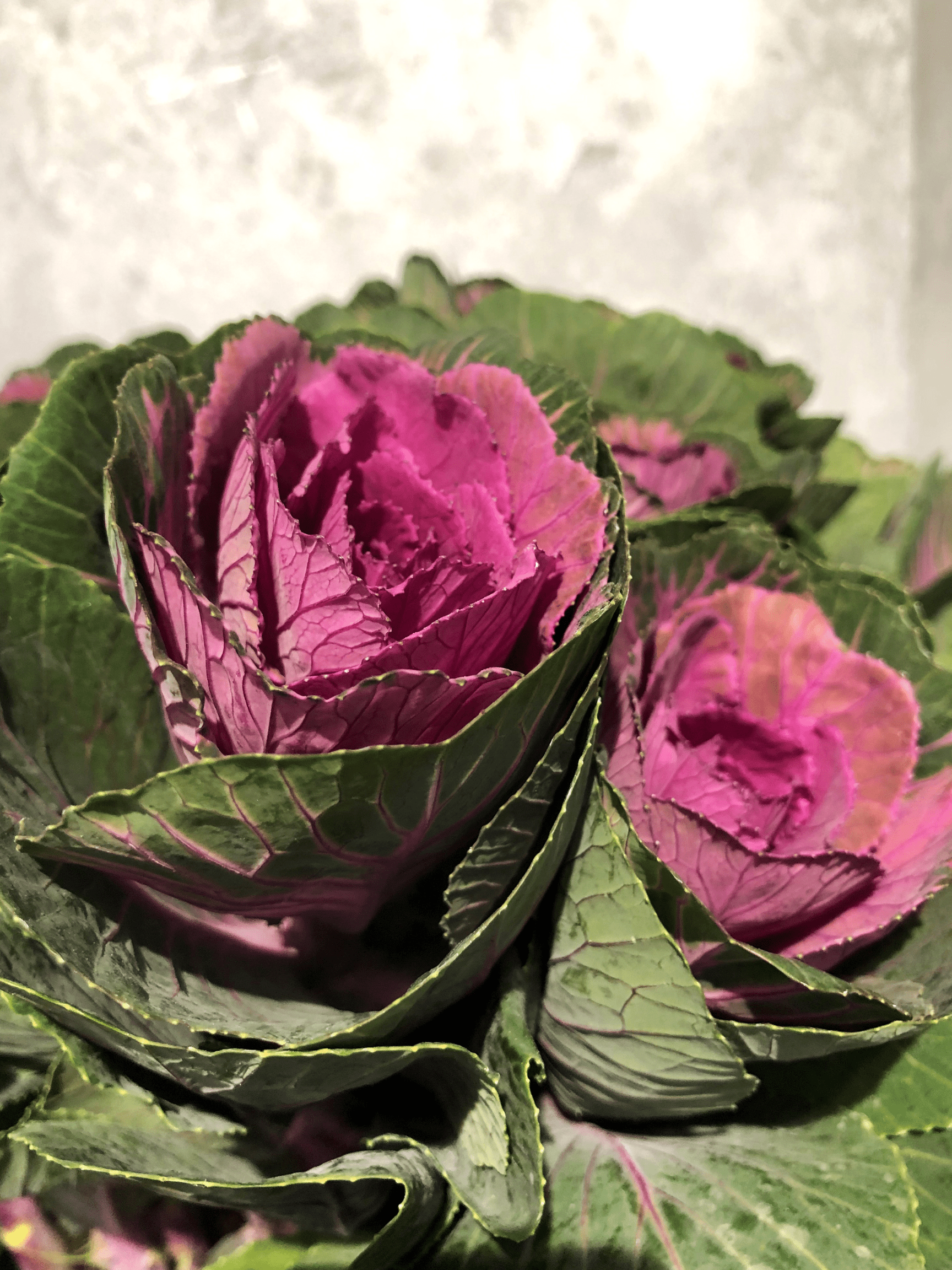

Strawberries
When planted alongside strawberries, sage acts as a natural pest control deterrent, keeping pesky insects like spider mites and aphids at bay. Not only does sage ward off unwelcome guests, it also enhances the flavor of nearby strawberries.
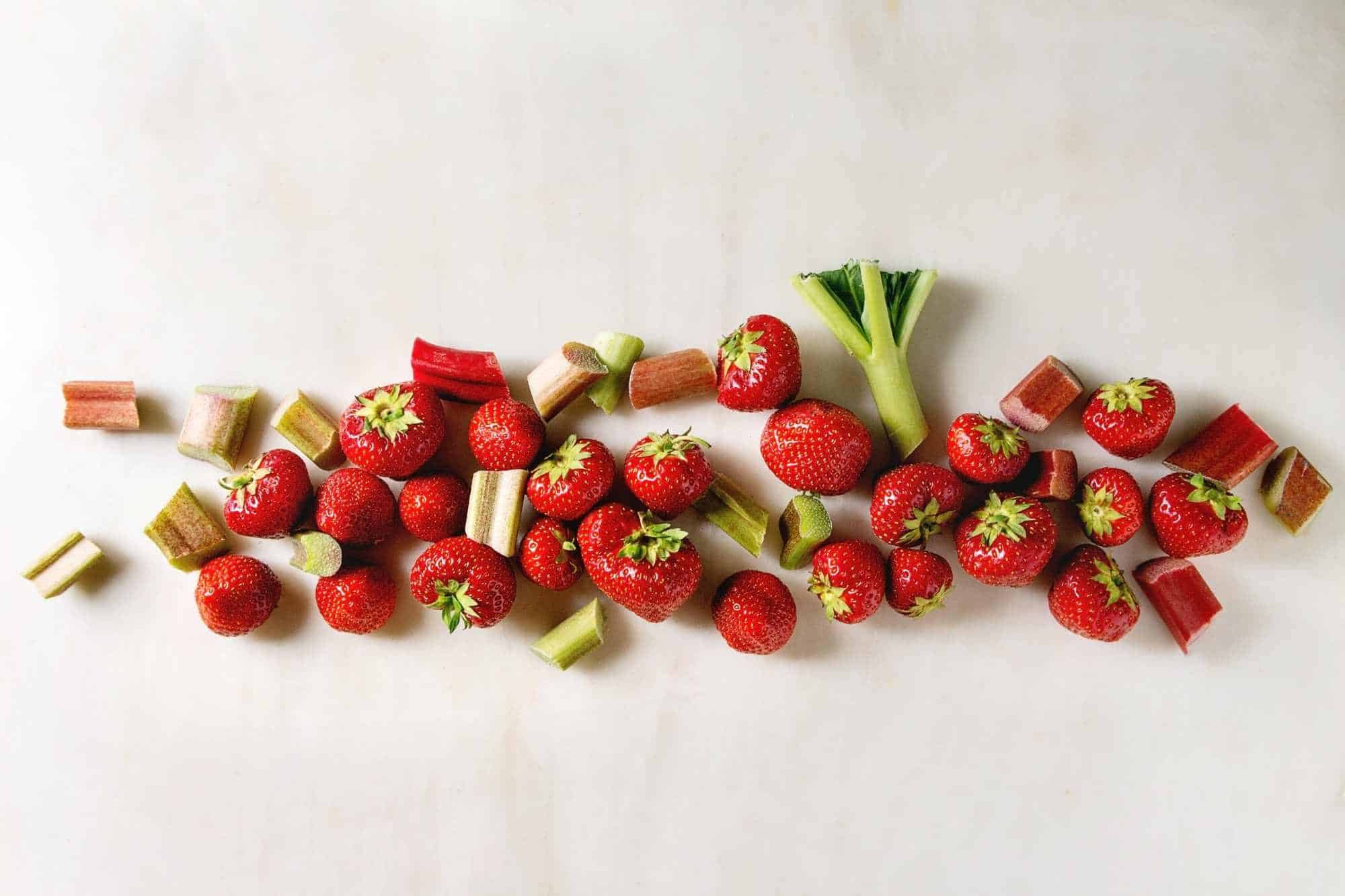
Tomatoes
Tomatoes and sage make great companions. Sage protects tomatoes from different pests such as flea beetles. Sage’s beautiful flowers attract beneficial pollinators and predatory wasps… protecting tomatoes from worms and beetles.
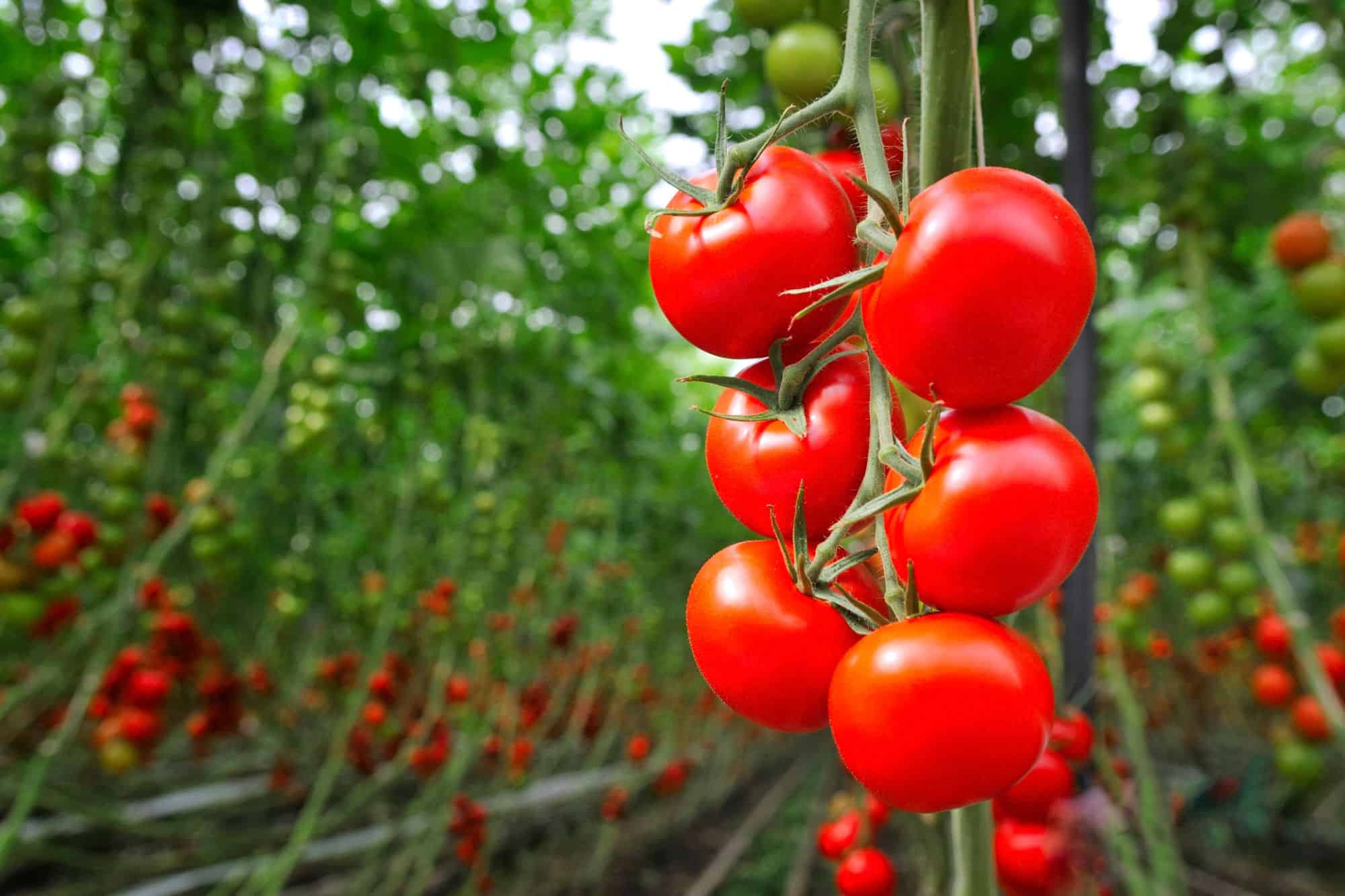
Carrots
Planting sage with carrots can increase the flavor and growth of the beloved root vegetable, while also warding off pests.
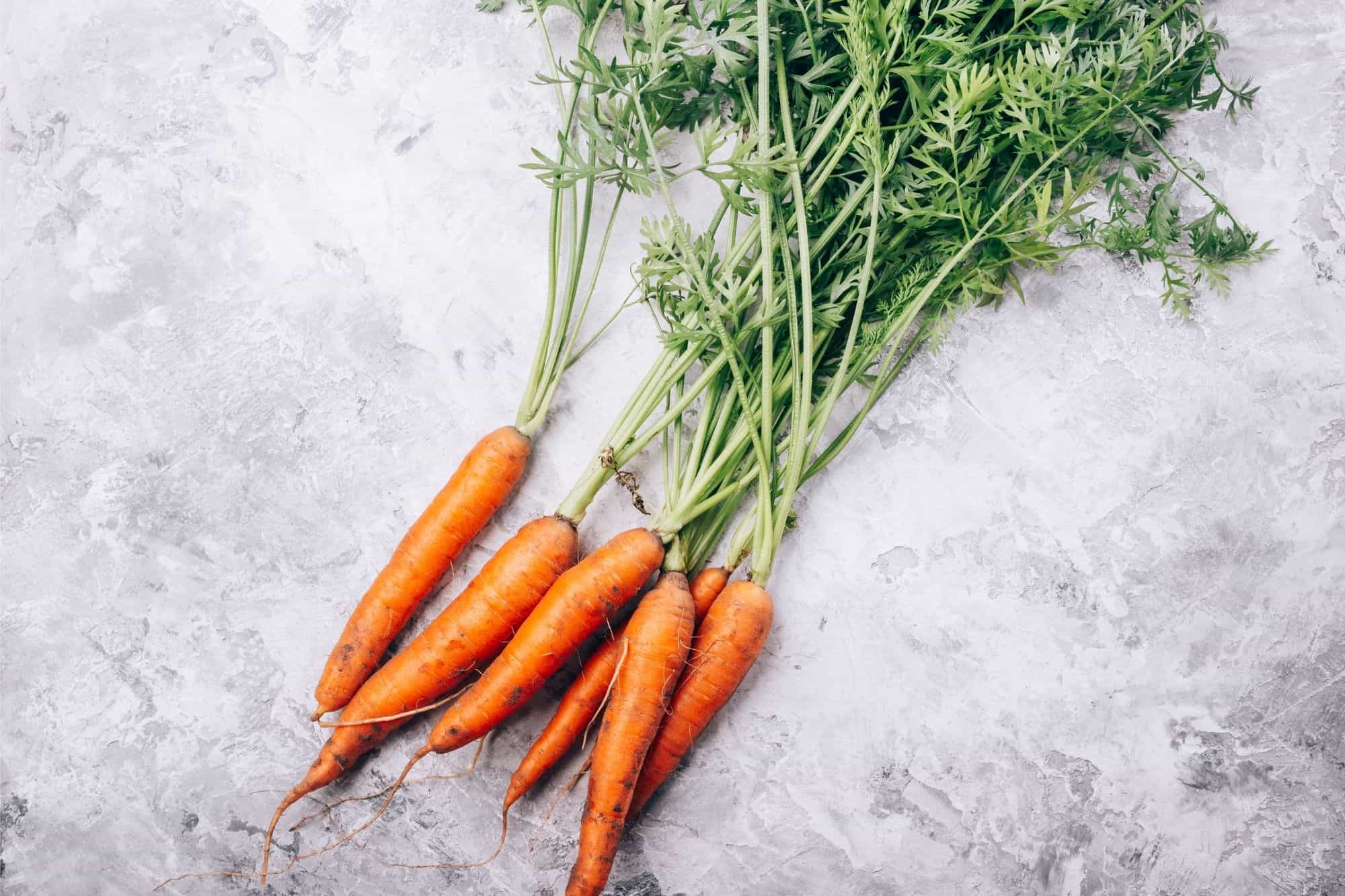
Beans + Peas
Consider planting sage alongside your beans and peas in your vegetable garden. Sage provides many benefits as a companion plant, including deterring pests, improving soil quality, and enhancing the flavor of beans and peas. Beans and peas fix nitrogen into the soil, further feeding your sage plant!
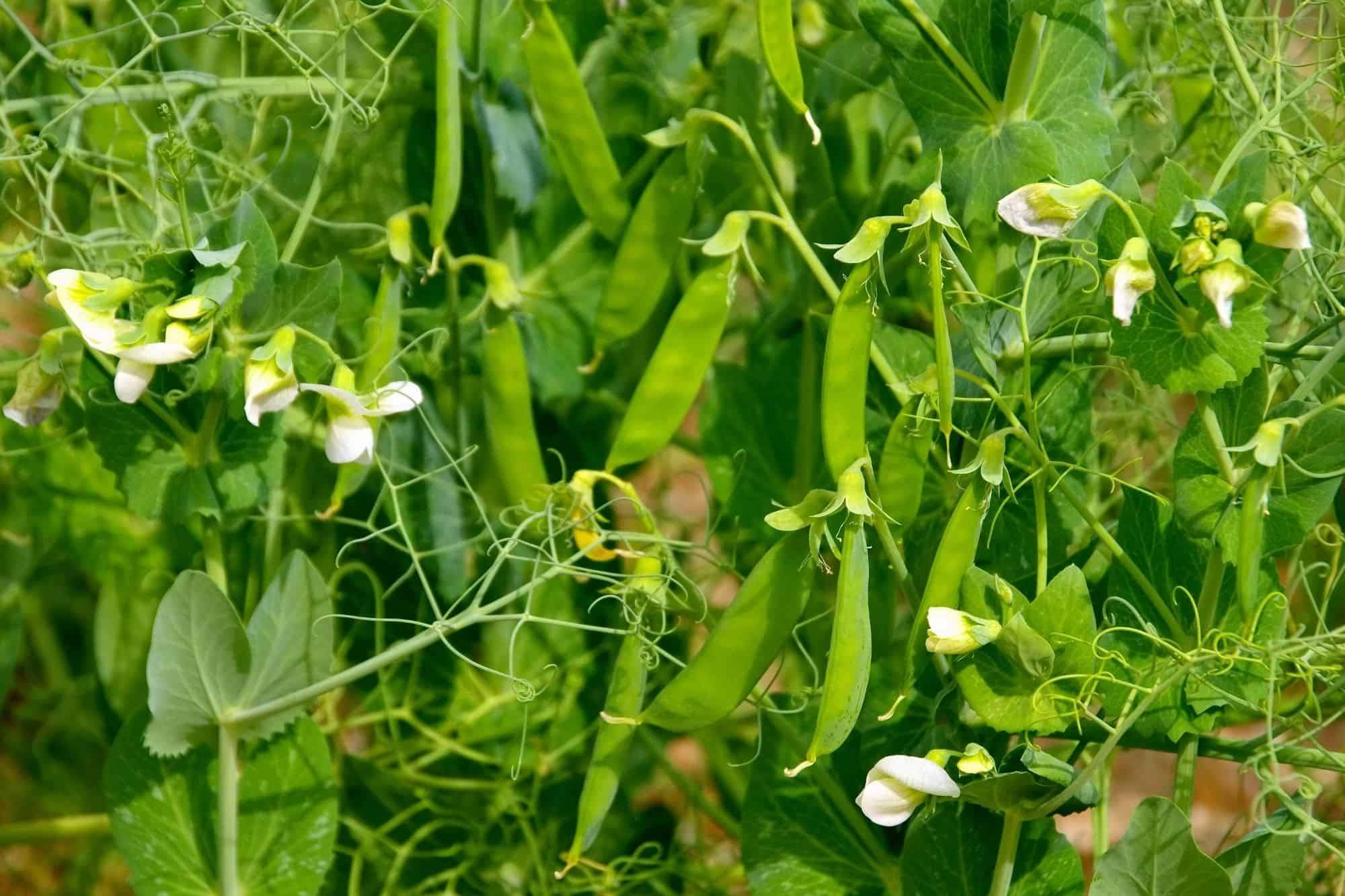
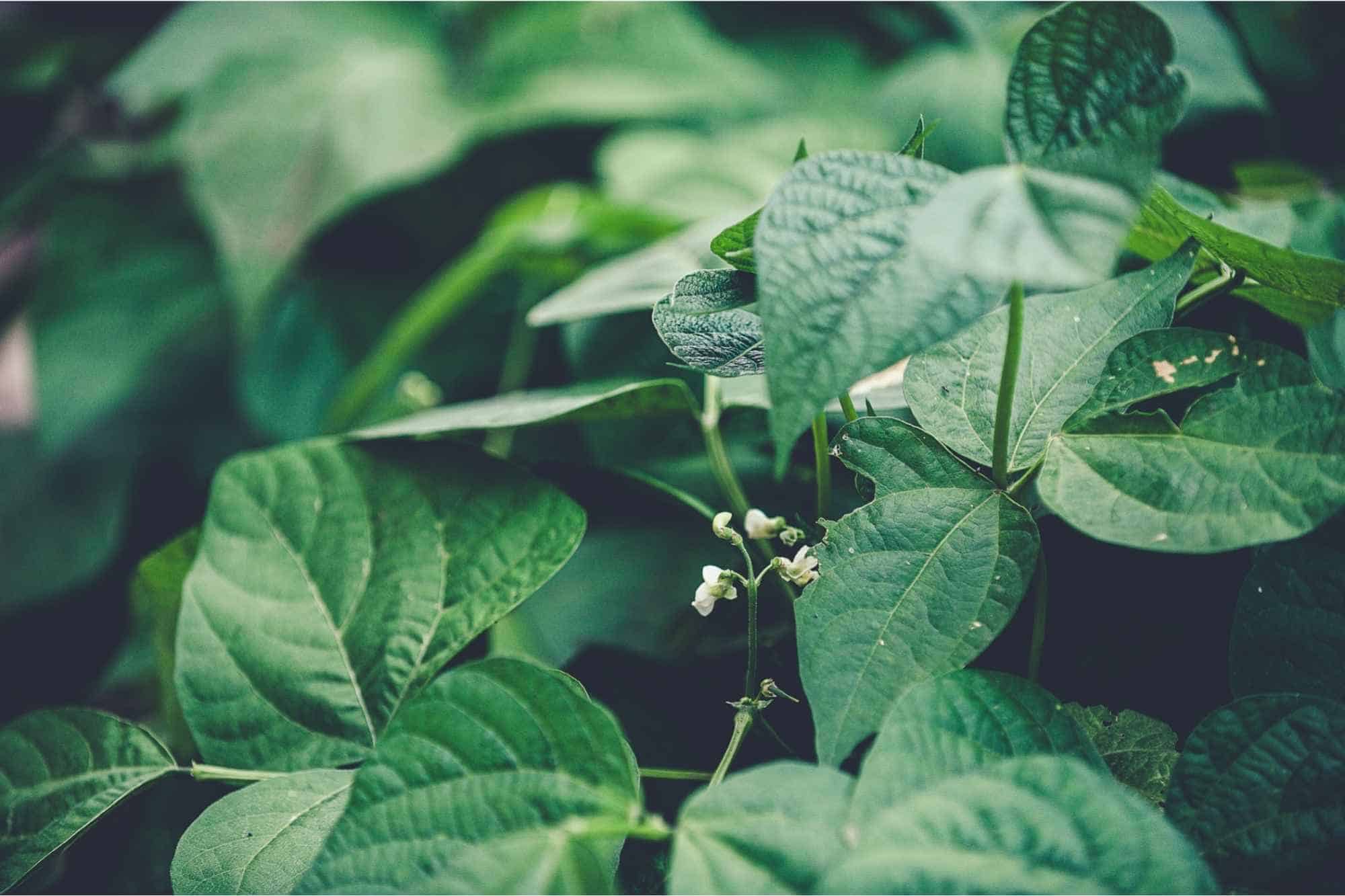
What NOT to Plant With Sage (Bad Sage Companion Plants)
Plants that you shouldn’t grow alongside sage include:
BasiL
So many herbs grow well together but basil and sage are not good companions. Much like alliums, basil is a thirsty plant! Basil makes a bad companion plant for sage because sage grows well in dryer soil conditions,
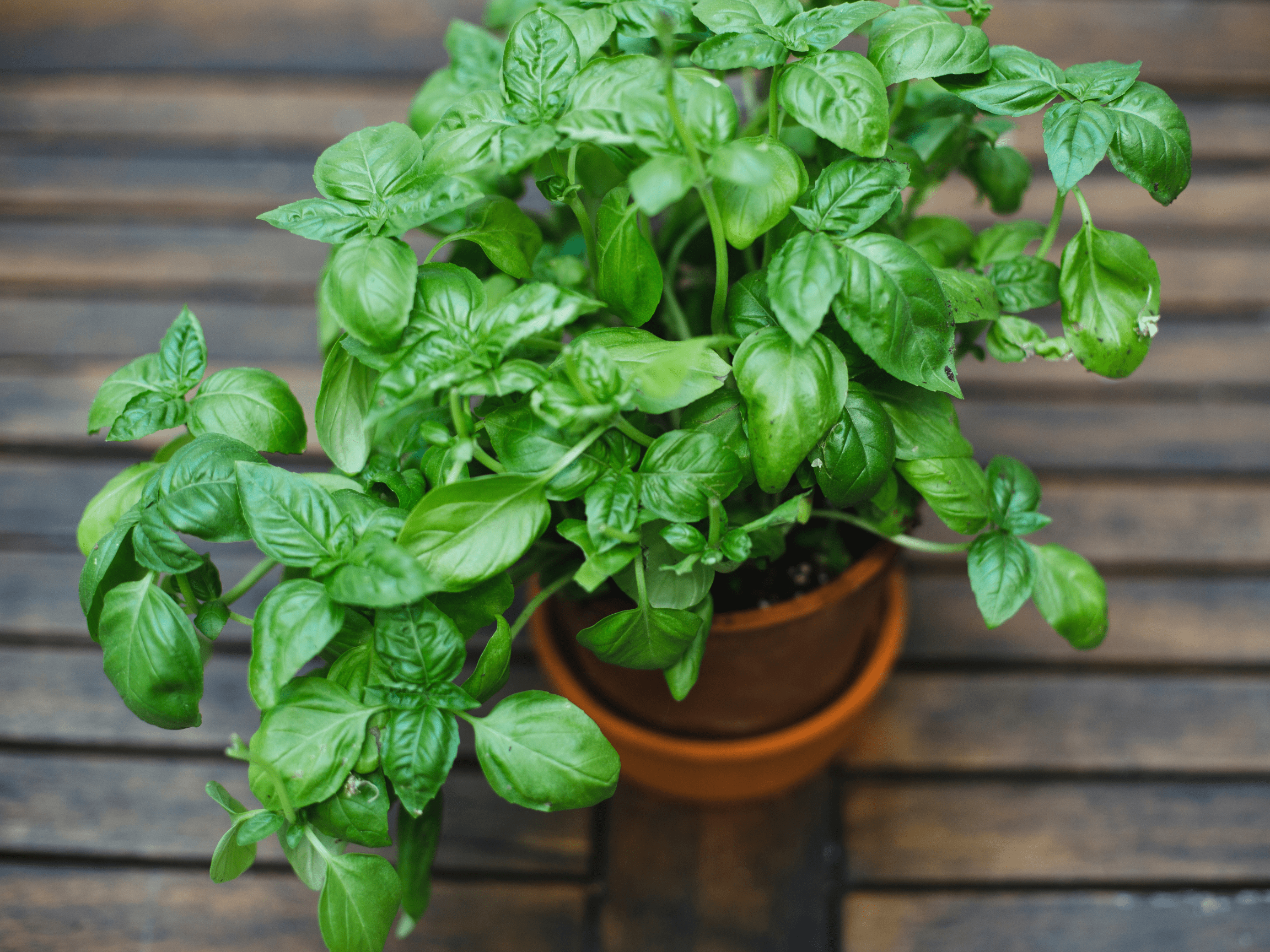
Fennel
While sage and fennel may seem like a perfect pairing, planting them together can actually do more harm than good. Sage prefers drier soil conditions, while fennel likes moist soil. This conflicting preference can cause one plant to suffer and ultimately lead to a lackluster growth for both plants. So, if you want to ensure a thriving herb garden, it’s best to keep sage and fennel apart.
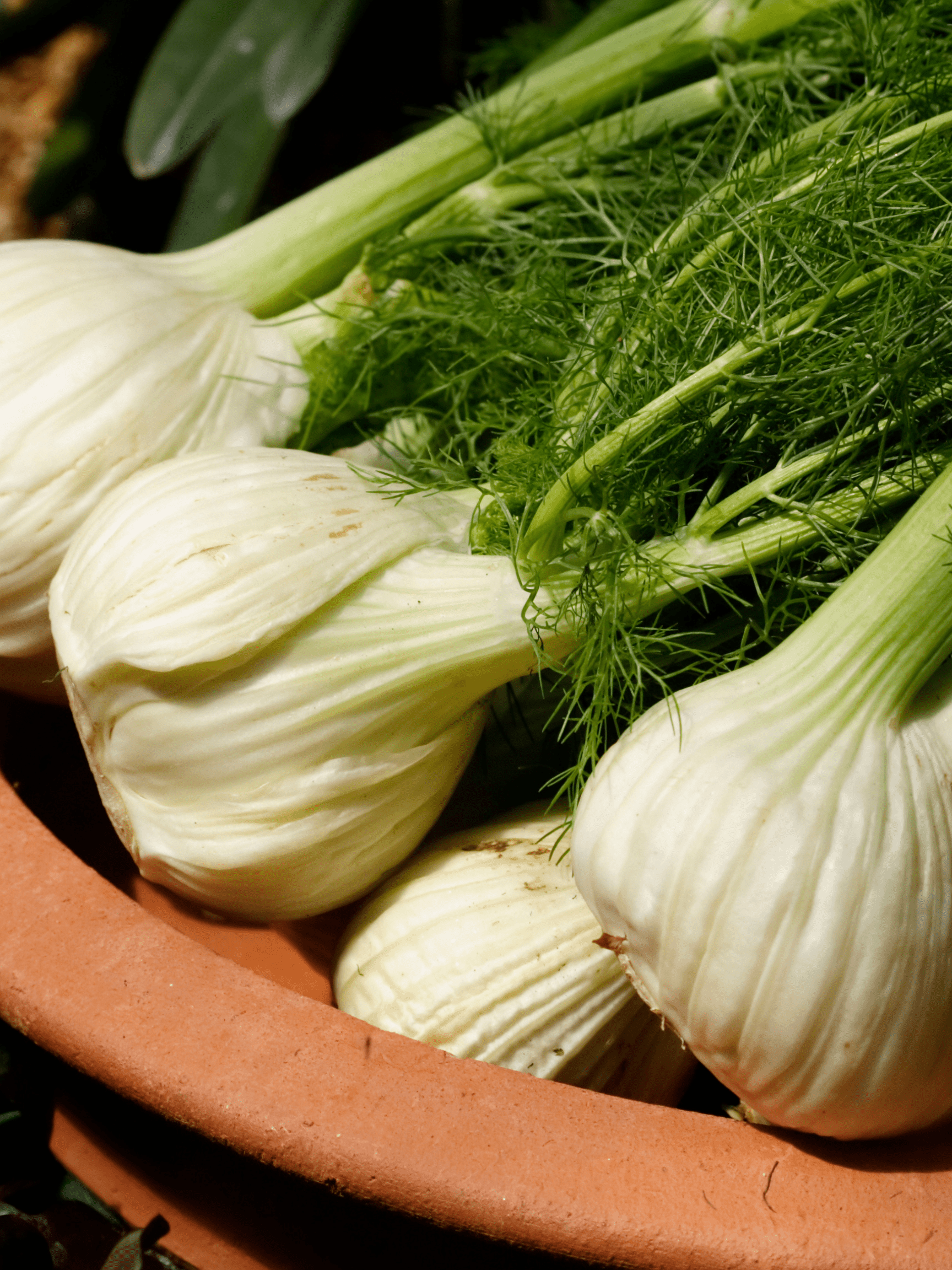
Cucumbers
With the exception of oregano, sage and other herbs can stunt the growth of your cucumber plants. In a competition for space, the sprawling vines of a cucumber plant will win over sage every time. Sage can easily be starved for sunlight and airflow when planted next to cucumbers. If you are looking for a great companion for your cucumbers, check out this guide for Cucumber Companion Plants. Dill makes a great companion for cucumbers and will have you ready to make those delicious Fermented Dill Pickles.
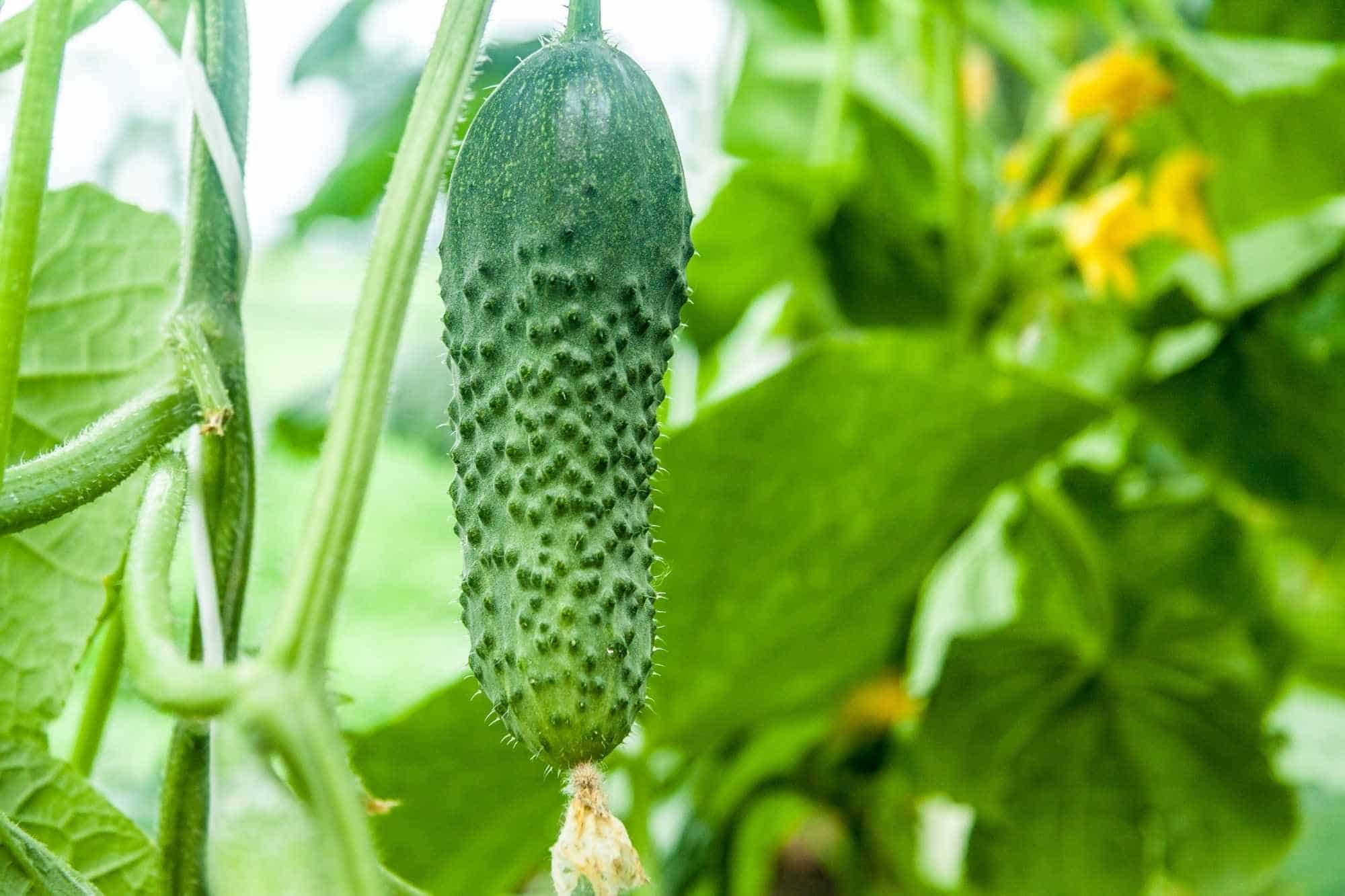
Alliums (Onions, leeks, garlic, shallots, chives)
Members of the allium family require higher soil moisture levels than sage, making their growing requirements different. Sage prefers a more dry soil. Herbs that do better next to alliums include summer savory and chamomile.
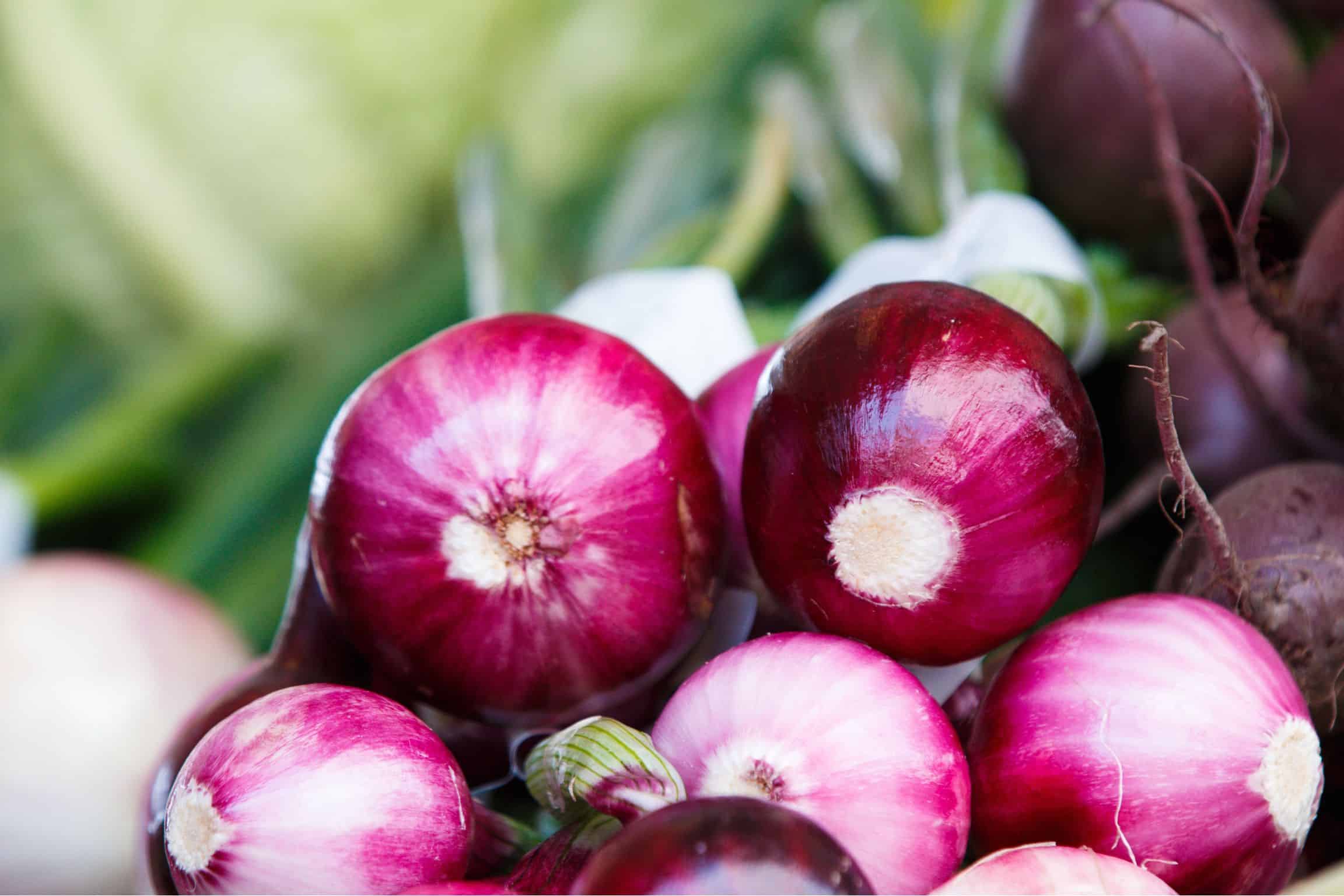
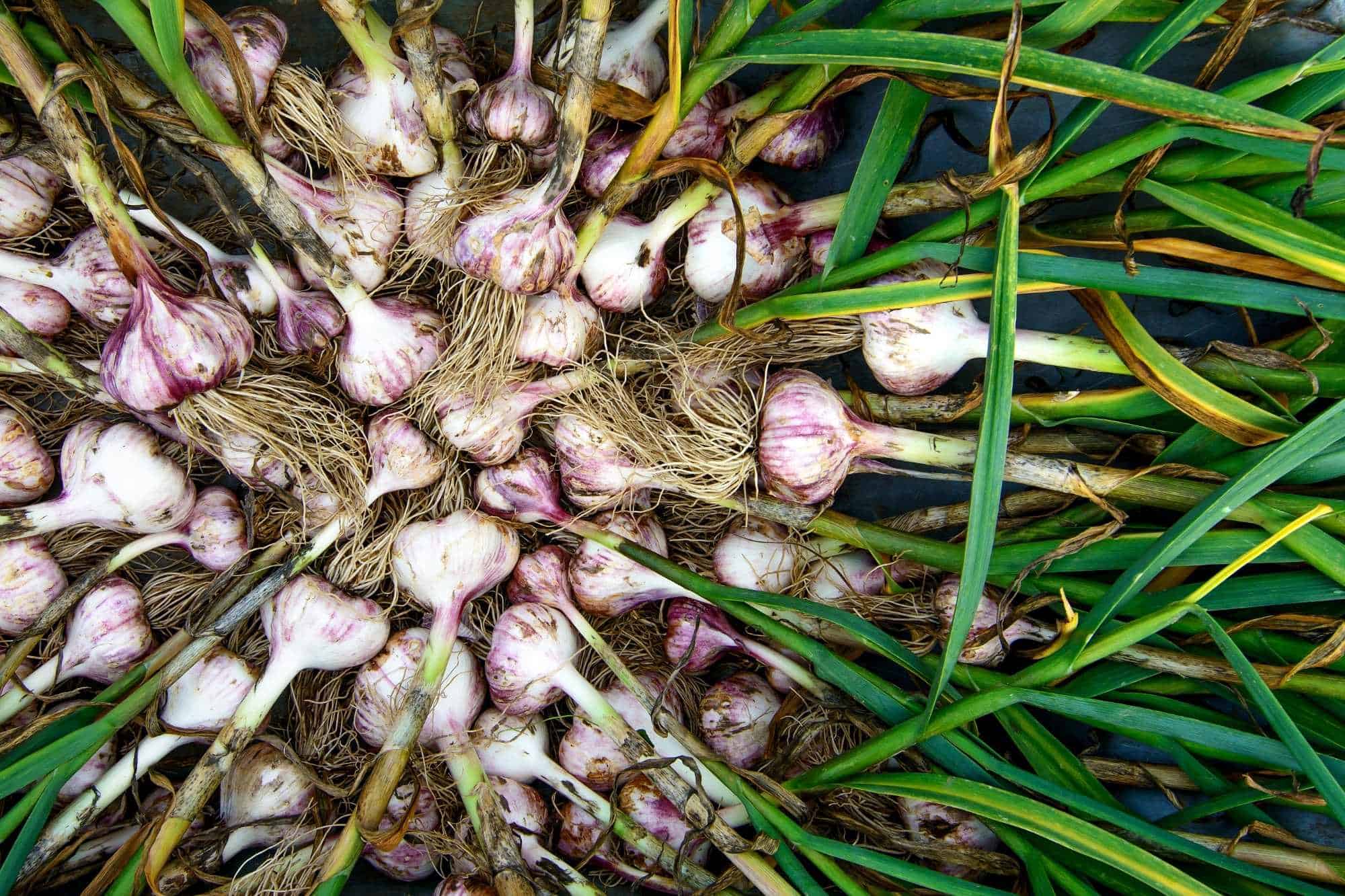
Wormwood
Wormwood causes sage and many other species of plants to grow slowly or stop growing all together due to the chemicals naturally found in the plant. It has its uses as a weed suppressant but caution should be taken when planting it around herbs and other vegetables. Wormwood is considered a bad companion plant for sage. Check out this wormwood companion planting guide for more information about which plants will flourish when planted next to wormwood.
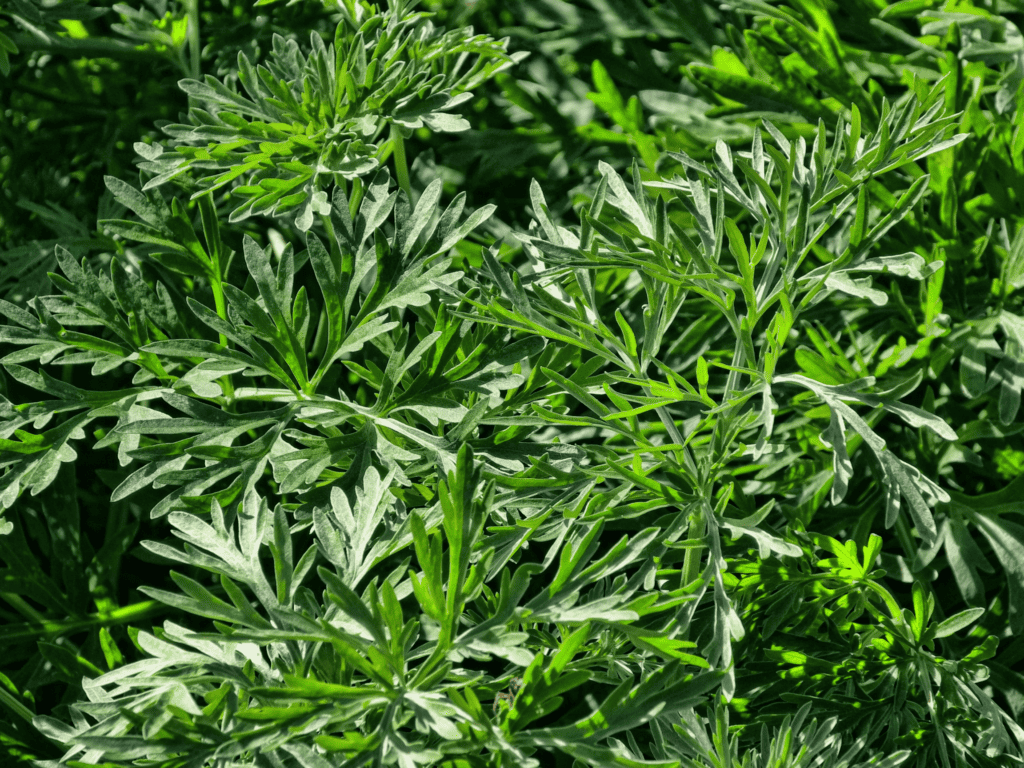
Rue
While both sage and rue are incredibly useful herbs in their own right, they do not make good companions in the vegetable garden. Rue actually inhibits the growth of sage, which can stunt its growth and impact its flavor.
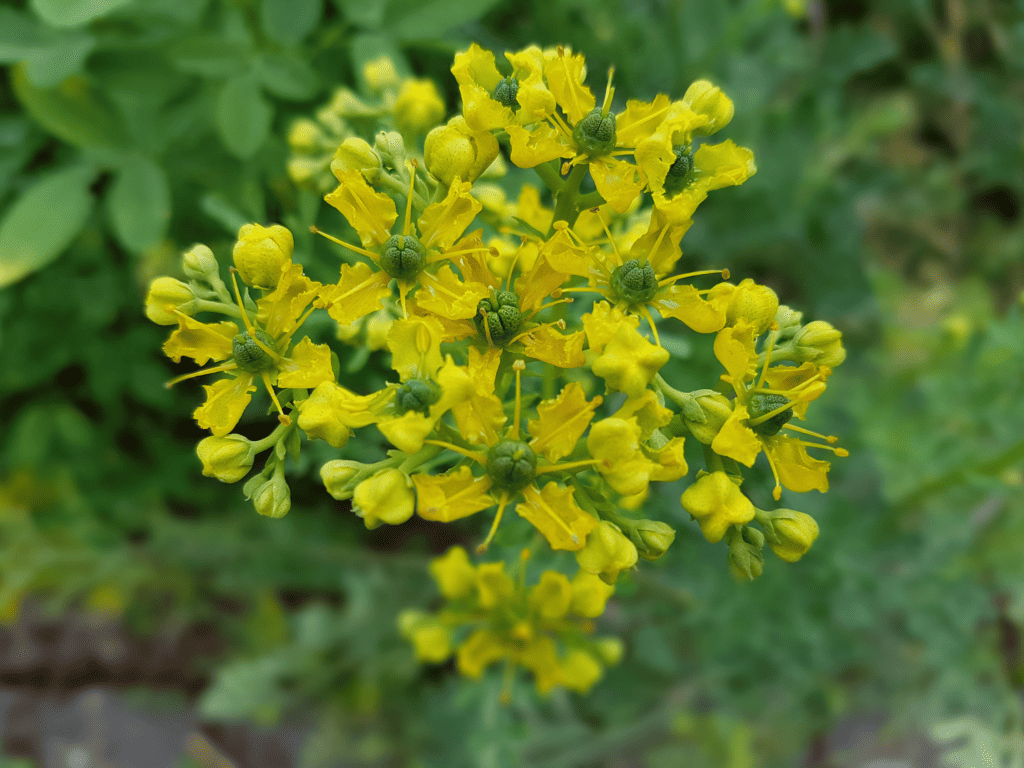
Frequently Asked Questions About Sage
Yes, and no! Sage is considered a hardy perennial in USDA growing zones 5-8. In cooler zones, sage acts more as an annual, needing to be planted every year.
Sage grows best when planted in a location with full sun with well draining soil. It thrives in dryer growing conditions.
If you are planning on harvesting as many sage leaves as possible, you want to avoid letting your sage flower. When sage flowers, it tends to put all of its energy into the flower and seed production rather than growing more leaves.
From seed to your first harvest, sage takes upwards of 75 days to grow. Be mindful not to cut back more than half of the plant when harvesting or it will stunt its growth and potentially kill it.
White sage is most commonly grown for smudging and is believed to remove impurities from an area. For more information check out this post on the differences between white sage and common sage.
Common sage is most commonly used for cooking.
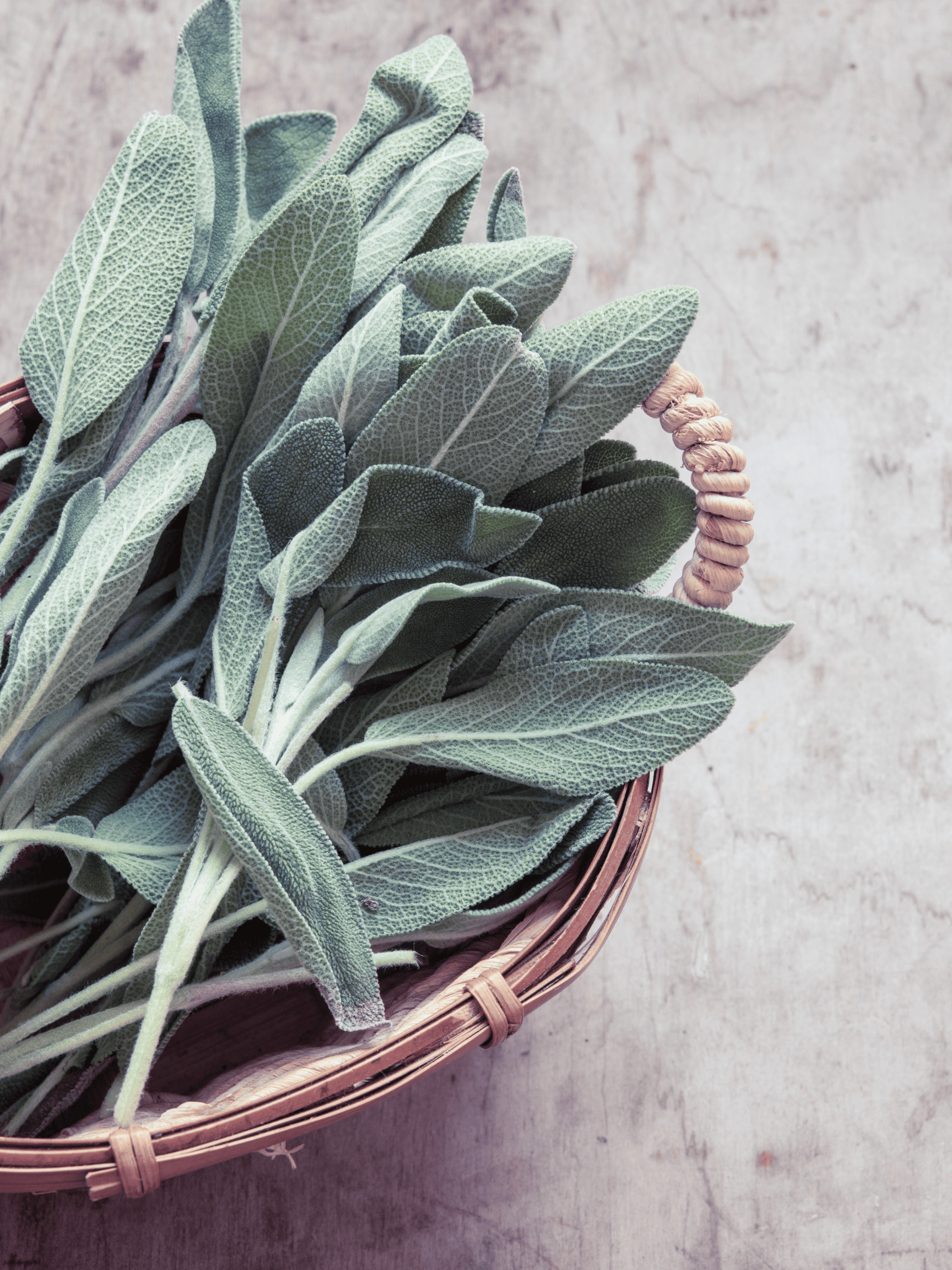
Sage Recipes Ready for Harvest Time
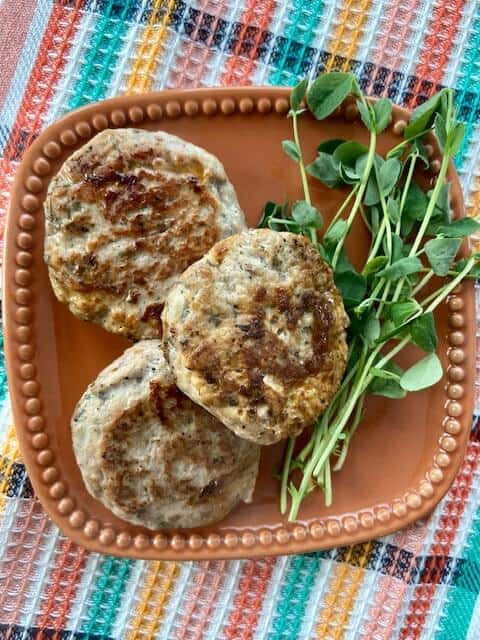
Easy Sage Breakfast Sausages (Jessica Brennan Health)
Jessica combines ground pork/ ground turkey with sage and other delicious ingredients for an easy high-protein snack that can be prepped ahead of time and enjoyed all week.
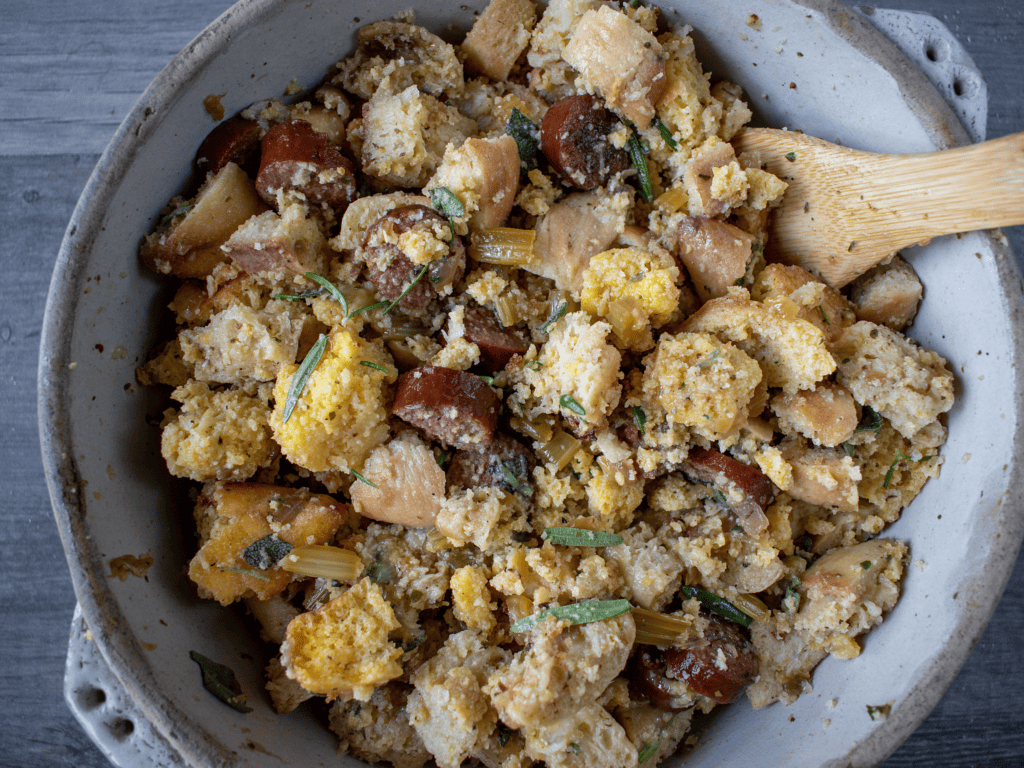
Classic Sage and Sausage Stuffing (Dressing) Recipe
Try out this homemade dressing recipe with oven dried bread, sausage slices, and sage.

